
























 BY ISABEL DANDO
BY ISABEL DANDO
THIS SEASON was not shy of curve balls for many dairy farmers, as described in Dairy Australia’s December Situation and Outlook report.

On one side there have been extensive seasonal challenges, high input costs, labour shortages and an increasingly volatile global dairy market.
On the other, there’s been record farm gate milk prices on average, leading to the fourth most profitable year for dairy in Victoria since the Dairy Farm Monitor Project (DFMP) began.
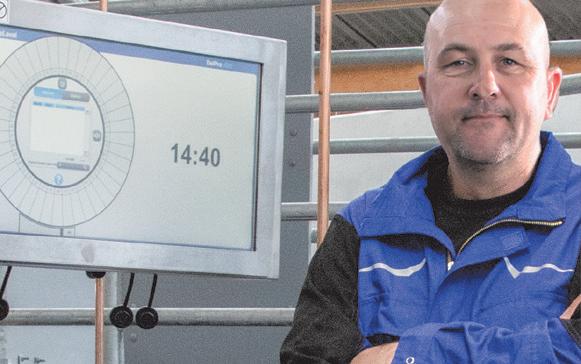
Widespread and prolonged wet conditions across the east coast and large parts of Tasmania have helped grow impressive stands of grain, fodder crops and pasture, only to then delay harvest and inundate thousands of hectares.
While full dams and soil moisture profiles will produce future benefits, for many farmers, the immediate challenges are significant.
Farmers have also been contending with heightened costs of key inputs, recently clocking up a year since the sharp increase in fertiliser and grain values in late 2021.

International pressures are set to maintain a floor under indicative fertiliser prices, while the path is less clear for grain values.
Recent flooding across eastern Australia has very much taken the shine off the bumper grain harvest expected, with the overall effect almost certainly going to see prices pushed higher — especially for high-quality product.
Even though this brings potential for opportunistic access to downgraded product such as feed wheat, the opportunity to maximise home-grown feed production and reduce reliance on purchased feed markets has been taken from many.
Considering continued variability of inputs costs and the impacts of wet weather on dairy businesses, milk production will more than likely be revised down from Dairy Australia’s initial forecast of a flat milk pool.
Dairy manufacturers Fonterra, Saputo and Bega Cheese are in the top 10 Australian food and beverage companies, according to the latest list assembled by Food and Drink Business magazine and IBISWorld.
With its recent acquisitions, Bega Cheese has moved from eighth placing to number five.
Riverina-based rice processor, Sunrice,
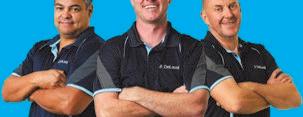


Prices of cereal grain (wheat), protein concentrate (canola meal), protein hay (lucerne) and cereal hay from Goulburn/Murray Valley region, fertiliser prices are global indicative prices converted from $US/tonne to $A/tonne and fuel is TGP diesel prices for Victoria.
The season to October saw milk output contract by 6.5 per cent, with the wet conditions and flooding expected to weigh on this further, having occurred at the critical point of the spring peak.

Notwithstanding these significant challenges, new analysis confirms farm finances entered this season in a strong position.
Farmer profitability, as measured and reported by the DFMP, decreased in 2021-22 relative to the year prior.
While milk prices on average were higher and livestock trading conditions were strong, rising input costs offset the increase in gross farm income received compared to last year.
Seasonal conditions proved challenging in some regions while being favourable in others.





The current 2022-23 season has seen a continuation of high milk prices and high input costs, with wet conditions a challenge for most regions.
Staffing remains a challenge — the DFMP data for 2021-22 demonstrated increased reliance on imputed labour (unpaid farm owners and family members) in many businesses, as a substitute for paid labour that could not be found.
This also led to increased investment in labour-saving technologies. Other trends highlighted by the DFMP analysis were an increase in dairy farm business diversification (especially towards beef production), reduced fertiliser
usage, and lower home-grown feed production. Competing dairy export regions continue to face challenges as well. Exporters are continuing to encounter sluggish dairy demand in key markets.
China and its COVID-19 policy are being regarded as a bellwether, with much analysis devoted to interpreting any signs of loosening in the country’s COVID-zero goal and policies.
Commodity prices have eased on weaker buying and signs of supply growth in the Northern Hemisphere, but this has been gradual and counterbalancing upward pressure is still to be found.
While global production is facing its own set of challenges around the world, Australian dairy farmers will be dealing with the lingering effects of a wet spring.

So, for many, although higher pricing is flowing back through the supply chain to help offset significant cost pressures, the potential for a short-term silver lining hinges on the availability of downgraded feed grain and the transition (whether sudden or gradual) from wet to dry conditions over summer.
Access the full December Situation and Outlook report and subscribe for regular updates here: https://www.dairyaustralia. com.au/industry-statistics/industry-reports/ situation-and-outlook-report
came in at 22 on the list.
The top 100 list reflects financial reporting from calendar year 2021 and financial year 2021-22.

The New Zealand dairy company, Fonterra Co-operative, came in at number one.
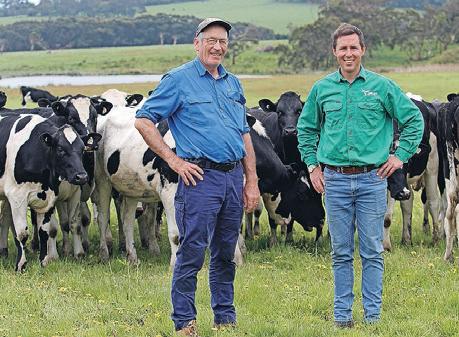
Saputo Dairy Australia, which is undergoing rationalisation of its sites, was number six on the list.
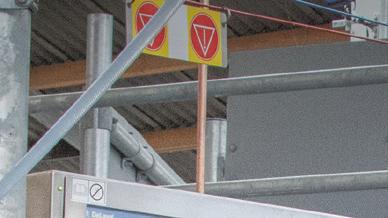
Food and Drink Business magazine reported that almost a quarter of the top 100 recorded double digit revenue growth.



Meat processor Frew Foods topped the revenue growth, recording a 129.51 per cent jump. Arnott’s rose 57.35 per cent and Bega 38.89 per cent.
The salmon processors fared well, with Tassal rising 36.68 per cent, moving 12 places to number 30.
ASK TIM Jelbart for his definition of sustainability and he doesn't skip a beat.
“It means less waste,” the Gippsland dairy and beef farmer explained.


“Producing more with less, or more with the same.”
Evidence of ‘sustainable’ practices are everywhere throughout Jelbart Dairy, an operation milking 1100 cows and running 1500 dairy replacement and beef cattle in South Gippsland in Victoria.
From rearing all calves on-farm and disbudding under anaesthetic, to breeding the bottom-end of the dairy herd to Wagyu and the top to sexed semen, and using genomics to make better and easier breeding decisions — sustainability is at the heart of the entire business.
For Tim, wife Trish, his brother George and his wife Sally, sustainability is central to operating a family business.
“Profit is important, but it is not the be all and end all — it is probably about being a good citizen and doing your bit for the community,” Tim said.
“The sustainability part comes out of good business practice and maximising the returns from the resources you’ve got.”

With this ongoing focus on sustainability, it was almost fitting that Jelbart Dairy is home to Australia’s number one Sustainability Index female — ‘14116’.
DataGene’s Sustainability Index was launched in August with a focus on reducing the emissions intensity of female dairy animals by increasing their production and feed efficiency.
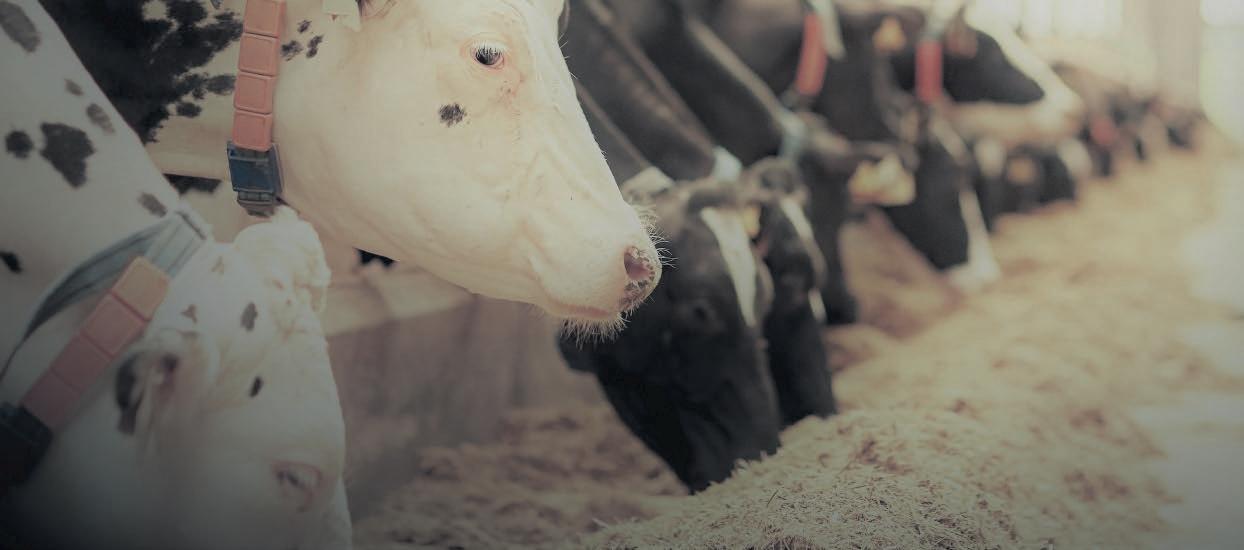
Tim is a director of DataGene, an independent organisation responsible for driving herd
improvement and genetic gain in the Australian dairy industry.
On-farm, Tim and farm manager Mike Kilkenny have concentrated on breeding for increased production, fertility and feed efficiency, using genomics to fine-tune genetics.
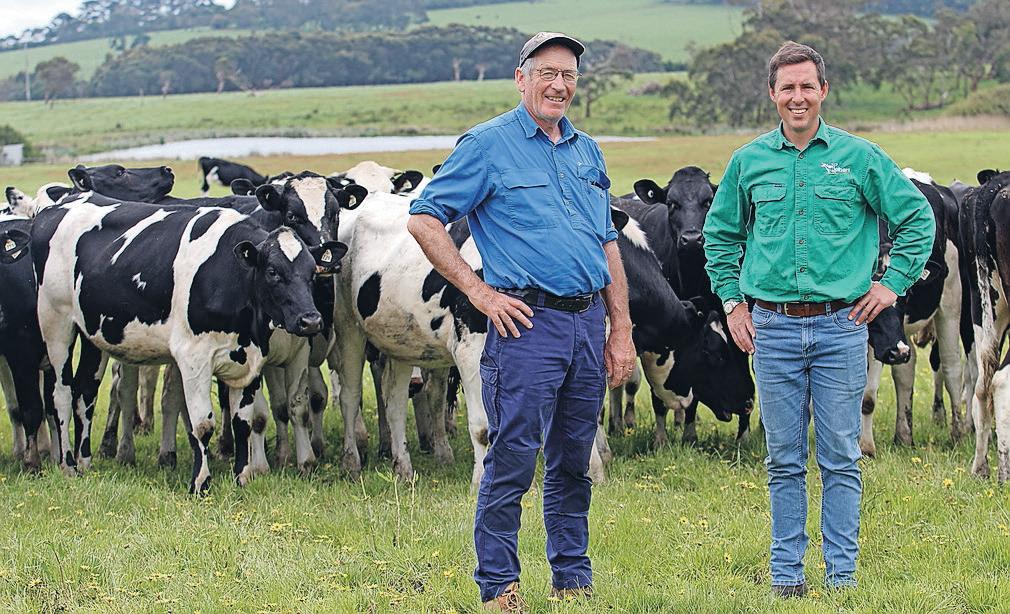
This specific focus meant that by default, they created a sustainable cow.

“She [cow 14116] has a number of daughters and pretty much got pregnant to the first service in all lactations,” Tim said.
“She’s been an 11,000 litre-a-year-plus cow. In the last year over her 305-day lactation, she produced 960 kilograms of milk solids. I also don’t think she’s had mastitis.”
As a four-year-old, at the last herd test in November 2022, she had an average Production Index of 132 and produced 346kg/ MS in 106 days.
Breeding the inaugural Sustainability Index top female was just the tip of the iceberg for the Jelbart business.
The 1100-strong herd was ranked number 13 in Australia on the Sustainability Index and the Balanced Performance Index (BPI) at the December DataGene Australian Breeding Values (ABV) release.
The Jelbarts also have nearly 11 per cent — or 19 — of the top 174 genotyped cows with a Sustainability Index of 900 or more.
Tim attributed a lot of the herd’s genetic gain to using genomics to select replacements and targeted use of sexed semen and Wagyu.
He said “terminating” poorer genetics by using beef sires ensured genetic improvement
in the herd and diversified the business’ income, while also contributing to the industry’s sustainability “story” by eliminating bobby calves.
Jelbart Dairy started genomic testing in 2017.
Back then, heifers with a BPI of less than 100 were sold. Now, this cut-off point has risen to 250300 BPI in line with their genetic improvement.
“Every year it seems like the heifers have slightly better conception rates and they are coming into the dairy milking well,” Tim said.
“The genetic progress is incremental, and the genetic data is showing we are making improvements.
“The BPI is an economic index. If you look at it that way in five years, we are generating another $160 income over feed per cow per lactation. This can be up to $176,000 across the milking herd.”
This level of genetic improvement didn’t come with a hefty price tag, nor a huge time commitment, according to Tim.
“I would spend less than a day a year focusing on our breeding program with our adviser, selecting bulls and Mike, our farm manager, would spend about four days a year,” Tim said.
“These bulls aren’t $100-a-straw bulls either; they are selected from the Good Bulls Guide and we probably average $20 to $25 for conventional semen and $50 to $60 for sexed.”
Mike — who has a real passion for cows and works with the herd regularly — said there had been a measurable difference in the herd’s appearance during the past three-to-four years.
“Watching the cows getting off the shed, we have a lot more stylish cows than we used to have,” he said.
“A lot of cows with really good udders, they
walk better, and they look really good and there’s much more consistency now.”
This year, and for the first time, Jelbart Dairy has introduced embryo transfer into its breeding program.
Tim said their number one Sustainability Index cow and other standout females would be flushed to preserve and expand the superior genetics.
He said ET served as a risk management tool — creating a small gene bank to protect against diseases such as foot and mouth — as well as a sustainable way to grow the existing business.
“It’s how we value-add to the years of work and genetics that we have created.
“We get it day-in, day-out through milk production and fertility, but we also have a big market for selling surplus stock.
“If we create a good name for ourselves and the export market crashes, some farmers might come to us to buy our genetics because they are industry-leading genetics.”
Looking ahead, Jelbart Dairy will continue its concentration of sustainability for the benefits it delivers the business, the message it sends the broader public about the responsibility of the dairy industry and for its role in risk management.
“Milking is our core game but the more we can spread our risk by creating a good name for ourselves and being sustainable, the better,” Tim said.
“I guess it is a legacy of Dad (Max) — he was happy to be the face of the industry, saying we are comfortable with what we are doing.
“We could open the doors and let people in and there’s nothing we need to hide.”
Mike and Tim have concentrated on breeding for increased production, fertility and feed efficiency, using genomics to fine-tune genetics.A FREE family fun evening, open to all, will help kick of this year’s International Dairy Week.
IDW event co-ordinator Stacey Leppert said the event on Saturday, January 14 would be a great opportunity for everyone, whether they were part of IDW 2023 or not, to come along and enjoy plenty of great activities.
“It’s the first time we’ve run a community event and we encourage everyone to come along,” Stacey said.
“There will be live music, food trucks, face painting, acrobatics training, a mechanical bull and a whole lot more.”
Earlier in the day there will be an opportunity for the public to try their hand and pick up tips on showing and clipping.
“Over the past 33 years IDW has called Tatura home and we would love the opportunity to showcase the Australian dairy industry to those who may not be as familiar with what we do,” Stacey said.
“IDW hosts some of the best cows in the country and it really is a sight to see.”


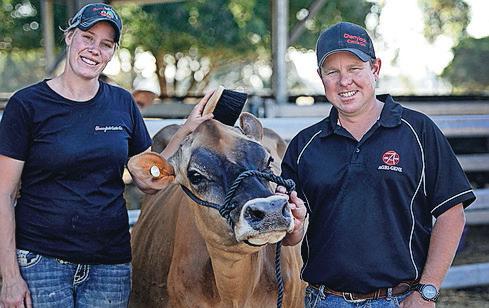
On Sunday, January 15, the events start in earnest — including the always popular Holstein Australia Youth Challenge featuring
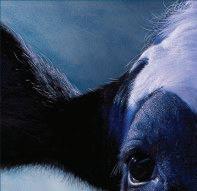
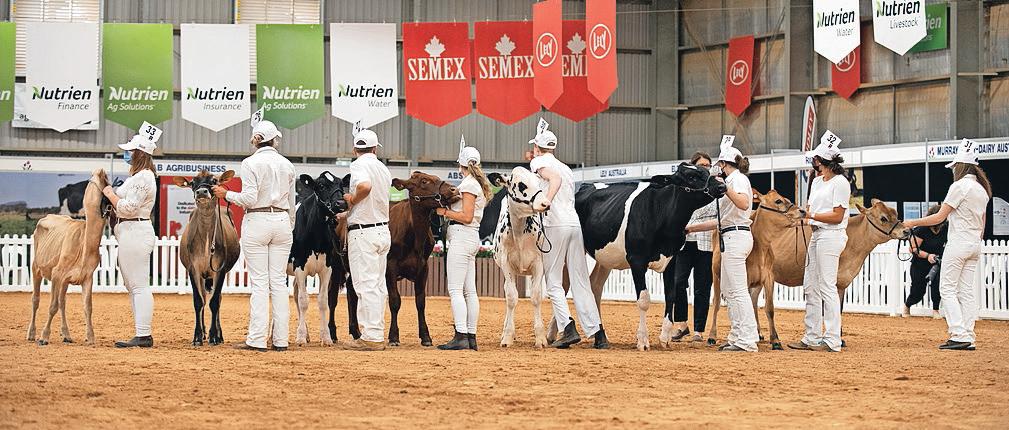
11 teams from multiple states across Australia and a team from New Zealand.
“Another highlight on Sunday evening will be the industry Q&A featuring a panel of three international speakers — Callum McKinven, Brian Carscadden and Tom Cull — followed by the exhibitor welcome barbecue,” Stacey said.
“This will be an incredible opportunity for Australian dairy farmers to explore genetics, technology and developments first-hand from well-known industry leaders.”
For the first time a standalone red and white show will be held on Monday, January 16, and this year all the seminars will be live-streamed, so people who may be interested in the topics — which range from calf-rearing and silage to robotic dairies, sheds and genetics — can tune in from wherever they are at the time.
Judges at this year’s show include:
Ayrshire: Lachlan Fry, Australia.

Brown Swiss and Red and White Holstein: Callum McKinven, Canada.
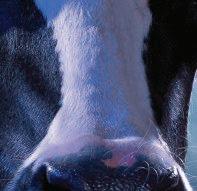
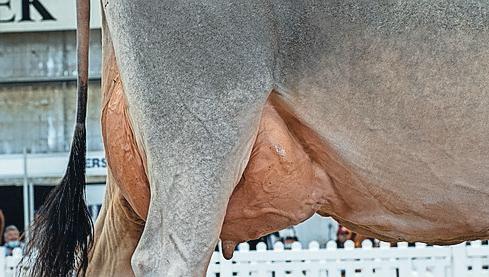
Guernsey: Brian Behnke, United States.




Holstein: Warren Ferguson, New Zealand.

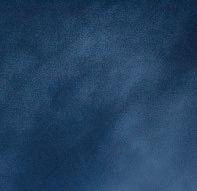
Illawarra: Brad Gavenlock, Australia.


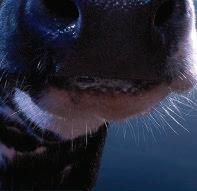
Jersey: Kelli Cull, United States.


Youth Show: Ben Govett, Australia.
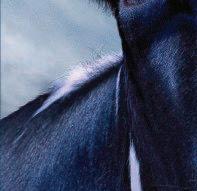
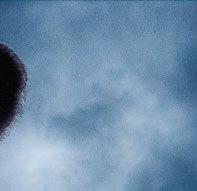
Buyers and sellers will be keen to see if more records can be broken — last year an Australian record price of $27,000 for a Brown Swiss was paid — at the much-anticipated sale on Wednesday, January 18 and the trade show will be back bigger and better than before from Tuesday to Thursday.
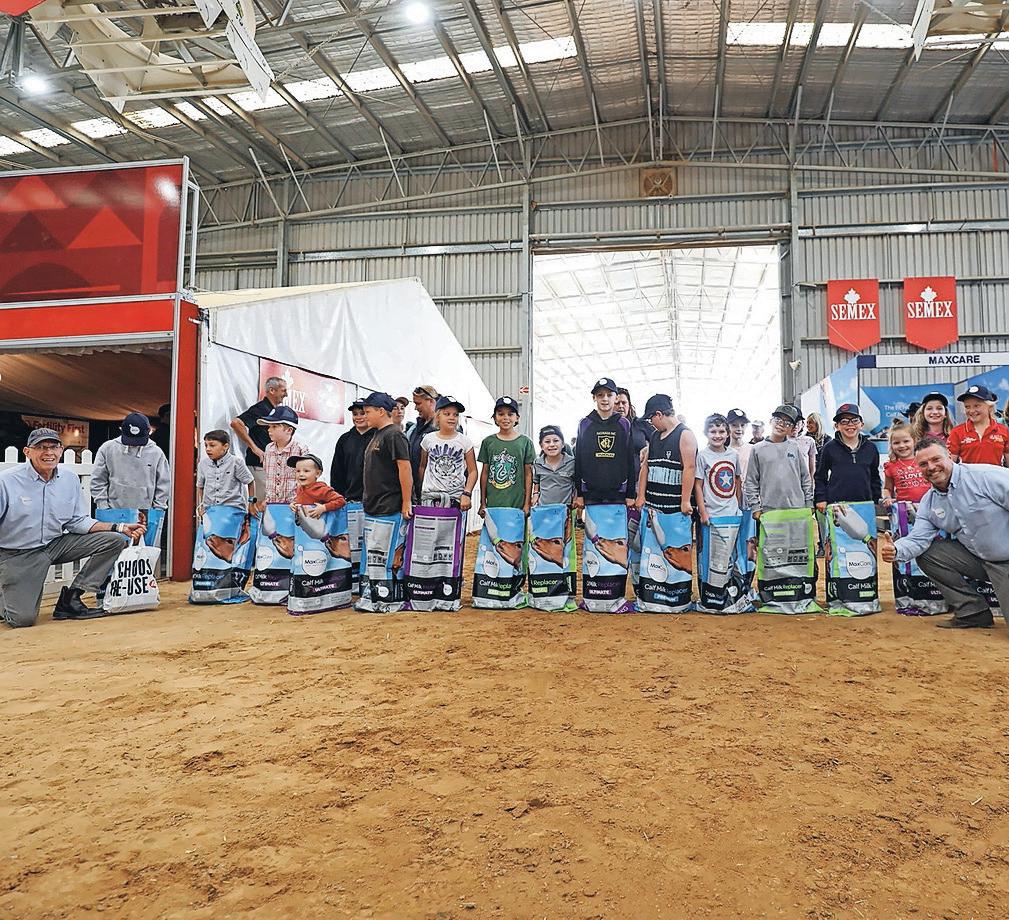

As Dairy News Australia went to print, Stacey said they had more than 900 entries — well up on the previous year — which was exciting news and pointed to the resilience of the sector in the face of recent hurdles including COVID-19 restrictions, biosecurity concerns and floods.

“People are pretty optimistic and pushing forward,” she said.



“We’re seeing people coming back from South Australia [after COVID restrictions], Bega, Queensland — we’re all very excited and looking forward to a great few days.”
IDW 2023 runs from Saturday, January 14 to Thursday, January 19 at Tatura Park, 7 Hastie St, Tatura, Victoria. ɋ
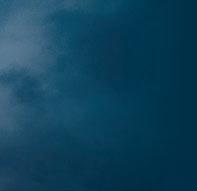


For more information, including tickets, visit www.idwaus.com or follow the Around the Barn on YouTube, Apple, Spotify or any of your favourite podcast networks.
Please visit us on our stand in the main pavilion at IDW 2023, to discuss the benefits that feeding Megalac can have on your herd’s production and fertility.
IN THE new era of accounting for carbon and greenhouse gas emissions, composting cows can help create a closed loop waste system with multiple benefits to the farm business.
Cows can be composted and soil is a disposal mechanism for fatalities — that was the message at recent on-farm workshops where the mechanics of how to compost cows were discussed and demonstrated.
As knackery and rendering facilities have declined in many parts of Australia, the question of what to do with dead livestock has become an issue for the farmer to resolve.
Composting dead animals is an alternative to leaving the cow on the ground in the paddock, where it attracts carrion eaters, or dumping it in waterways, which is illegal in some states.
Ash and Lisa Mezenberg have been composting cows for more than 10 years and hosted one of the workshops on their dairy farm at Denison, in south-eastern Victoria.

“Into the compost piles we add silage waste, calf bedding, green waste and the solids from the dairy effluent pond,” Ash said.
“We don’t waste anything on the farm.”
Ash uses chicken manure for the nitrogen, and sawdust, hay and straw for the carbon component, ensuring the dead cow is tucked up well under the pile.
“The animal has to be cooked up quick,” Ash said.
“Like any composting process, you have to have a carbon and a nitrogen in it, and moisture, to help make the cow decompose.
“We use chicken manure which helps break the cow down in a few weeks. The big bones and heads have become soft by then.”
Ash also designed and built his own turning machine, which he begins using at the week four point.
“Once it’s cooked up, I turn it over every four weeks,” he said.
“That’s when you can add the silage waste, calf bedding, green waste and effluent.
“I normally let a compost pile sit for six months before I spread it. If you can’t pick it up in your hands, it’s not ready.
“After spreading it in the paddock, there’s three weeks to wait before the cows can graze that pasture.”
Since using cow compost on their farm, Ash and Lisa haven’t purchased urea or nitrogen fertilisers.
The workshops were organised by Dairy Australia and the plain message was that a cow is organic matter and when cows and calves die on the farm — so long as death is not the result of a serious disease — the body can be composted and the resultant matter spread on paddocks.
Declan McDonald, a soil scientist with a demonstrated history of working in agriculture and horticulture, led discussions with local farmers from the Gippsland and Bega Valley districts.
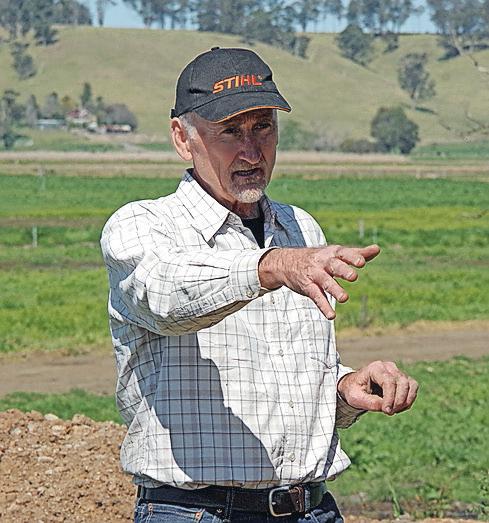
“A cow is a big lump of organic matter,” Declan said.
“The organisms in the soil want organic matter to improve soil health and biology, structure and function.”
Declan recommended choosing a site that could be used regularly and won’t leach liquids, then choosing the other ingredients to decompose with the cow.
In particular, run-off from the compost pile during a rain event should be directed to an effluent pond, or a vegetative filtering area, reducing the likely impact on any nearby waterways and into groundwater.
The base of the compost pile should be deep and requires considerable quantities of dry carbon material. Woodchips or sawdust from a sawmill, or out of the calf rearing pens, were options discussed.

“Bulk density is an important component for creating organic matter in soils,” Declan said.

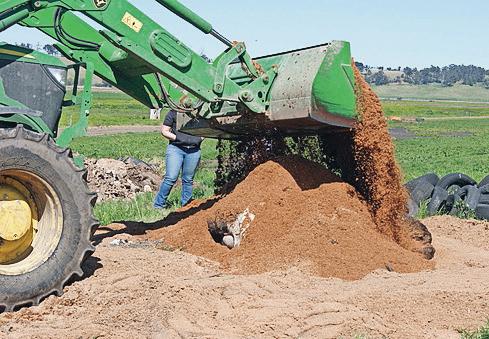
“The healthier the system, the faster that organic matter is turning over. What you’re doing is mixing together nutrient rich green matter, or nitrogen — the cow — with brown matter, a source of carbon — such as woodchips.”
Enough nitrogen by volume will drive organism activity to decompose the cow.
“There are two approaches to making a compost pile,” Declan said.
The layering approach uses cows. The mixing approach is more applicable to small animals — calves, chickens, lambs.
In the first stage, the pile is left undisturbed while the soft tissue decomposes and bones begin to soften. This may take several months.
“So long as the cow is covered well enough, there shouldn’t be a smell and scavengers shouldn’t be attracted to the pile,” Declan said.
The compost can then be turned, using a tractor with bucket, or another bespoke piece of machinery.
Turning the compost leads into the second stage, which is when the larger bones break down further.
The first and second stages are typical for creating high temperatures within the compost pile. High temperatures help eliminate nuisance odours, pathogens (disease-causing organisms) and weed seeds.
“The material below the cow will build moisture as the animal decomposes,” Declan said.
“So you want to use material that will enable air flow — oxygen in, carbon dioxide out.”
In the third stage, the composting process is completed during a curing phase, after the soft tissue and smaller bones are completely decomposed.
The pile can be turned and watered to complete the composting process. Curing is completed as the pile cools down in the sixth or seventh month. After which it is ready for use. Declan said livestock could be added to the compost pile during the stages. At the end of six or so months, when the compost is ready for spreading on paddocks, any remaining large bone fragments can be retained on the pile, ready for the next composting session.
Obviously, if the animal dies from an unknown cause and/or shows symptoms of an emergency disease, this must be notified to a registered veterinarian, or the appropriate authorities. In those cases, the animal cannot be composted until authorities approve.
Note also that compost material from livestock carcases is classified as restricted animal material (RAM). It is illegal to feed RAM to ruminants or allow them to access a stockpile of material containing RAM.
Where compost containing RAM is spread as fertiliser on a pasture paddock used to graze ruminant animals, the livestock should be kept out of the paddock until there has been sufficient pasture growth to absorb the compost.
In good growing conditions, the grazing withholding period is 21 days.
Dairy Australia has resources available that explain the composting process.
Contributions
Letters
Letters
Ash Mezenberg designed and built his own machinery to turn the cow composting piles. “I normally let a compost pile sit for six months before I spread it. If you can’t pick it upin your hands, it’s not ready,” Ash Mezenberg says.Declan McDonald: “A cow is a big lump of organic matter. The organisms in the soil want organic matter to improve soil health and biology, structure and function.”
We only want the best. That’s why we measure ear temperature combined with behaviour, giving actionable insights about health, fertility and nutrition.
- Monitor when a cow is in heat, not coming in heat or if she aborted







- Detect and prevent diseases such as mastitis and ketosis early on




















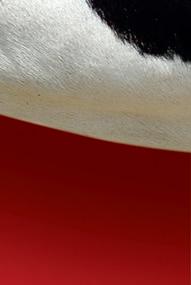















- The only cow monotoring service that provides transition alerts







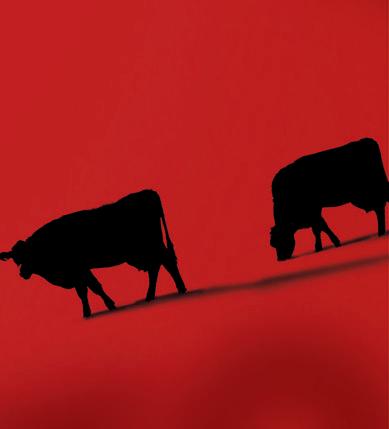

























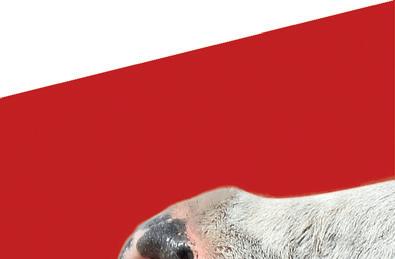
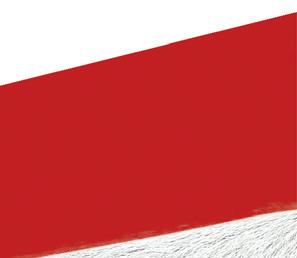









Let’s do better together. www.cowmanager.com
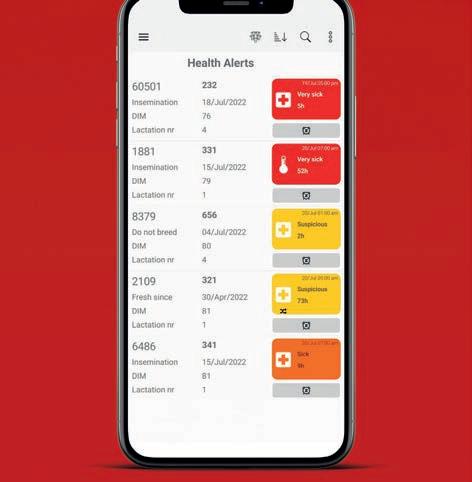

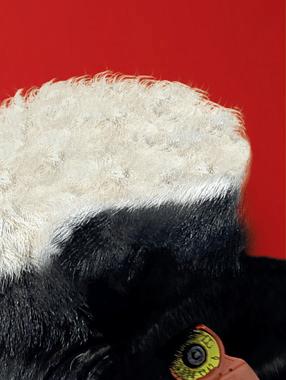
BRENT AND Kim Mitchell love their cows and put a lot of effort into caring for their herd.
The Mitchells run Mitch Holsteins at Bamawm, in northern Victoria.
They milk just short of 300 cows with split calving in autumn and spring and do all their own AI work. They have around 400ha of farm spread between three different locations.
“We place a big emphasis on cows, we love our registered cows,” Brent said.
“Our focus is looking after our cows. When we look after them, they’ll look after us and give us good production back.”
Brent grew up on a commercial dairy farm. His grandfather started the farm with around 60 cows, and his parents pushed that number to about 120.
Farming has always been in his blood, but when he was old enough to start working, the family farm just wasn’t big enough, so he set his sights on other roles in the industry.
He spent a while working in herd improvement, AI, the reseller market and genetic sales before coming back to farming.
“I got sick of working with other people’s cows and wanted to work with my own,” Brent said.
Kim comes from a beef background, and according to Brent, “she said she was never going to marry a dairy farmer but made the mistake of saying yes and now she’s here dairy farming”.
After getting married and deciding on dairy farming, the couple began share-milking and ended up back in Bamawm in 2011.
“We then took that step to go a bit harder and build that up with the addition of extra land here and there in the last few years — it’s been a journey,” Brent said.
They do a good job of juggling the jobs and separate locations with plenty of help from family and workers.
“My parents oversee the heifer and fodder farm, we couldn’t do it without their day-today help, and we get a lot of support from Kim’s parents as well,” Brent said.
“Then we’ve got one full-time staff member who milks and feeds cows and another part-time guy that helps with projects and maintenance.”
He learns a lot from other people in the industry, who he considers his mentors as well.
“Most of them are involved in the stud industry in one way or another, not just in Holsteins, there are some guys that I rate as pretty good farmers from my time in the herd improvement industry, and I look closely at what they’re doing and ask a lot of questions.”
“The passion for genetics I was born with, I think,” Brent said.
His parents and grandparents never had any sort of registered animals but once Brent had been out and seen what was going on in the wider industry, it quickly became clear that’s where he would head.
“If I’m going to get out of bed early in the morning and milk cows, I’m going to try and milk good ones,” he said.
“You sort of start off slow and only have a few. You only get a few calves every year and you think it’s going to take forever.
“But all of a sudden you do start to build those numbers, and it very quickly changes.”
He has a pretty tight calving season, with around 100 of the 130 cows calving within the first month, but he wants to focus on getting more cows in calf.
“My theory is when you use sexed semen that 95 per cent of them are going to be heifers, so I try to avoid the long gestation bulls because that’s usually where the issues come with calving ease.
“We just keep an eye on the gestation length of what we use in Sexcel and that usually gives us good calving ease.”
Ever since Sexcel Sexed Genetics has been in the market, the Mitchells have focused heavily on using that within their herd.

“Our two-year-olds get bred to sexed now, all our flush work is getting done with Sexcel so that makes a hell of a difference on the number of heifers we have,” Brent said.
Now they’ve started being a little stricter on which cows they keep in the herd.
With an increased number of heifers, Brent and Kim started looking at what they could do with the cows in their herd that they didn’t want to breed replacements from.
They started using beef bulls over some of their herd and have recently changed to using ABS Beef InFocus for consistency.
“Some of those cows just aren’t quite up to scratch of what I want to breed from, so providing a good Beef InFocus Angus cross calf has been a good way of adding another revenue stream to the business,” Brent said.
Like most dairy farmers, Brent and Kim have their fair share of challenges in the industry.


Brent said the two biggest for them were cost control and public perception.
“At the moment with the record prices we’ve got, it’s good, but you’ve still got to make sure you’re wise when it comes to how you spend your money,” he said.
“Public perception of the dairy industry is also a massive thing.
Brent and Kim like to place focus on what extra things they can do to look after their cows, trusting that a happy and healthy cow is what makes you the most money.
“When this farmer is grumpy is when his cows aren’t happy,” Brent said.
cows.
“If I’m going to get out of bed early in the morning and milk cows, I’m going to try and milk good ones,” Brent says.
Brent credits his good working relationship with ABS Australia to his personal relationship with representative Bill Morgan.
“He’s been fantastic, and Brian Behnke (St Jacobs manager) has been out and visited the farm as well,” he said.
Mitch Holsteins had success when their three-year-old cow Mitch Aftershock Irene won Holstein Intermediate Champion at the 2017 International Dairy Week.
“He (Brian Behnke) fell in love with the Aftershock Irene cow, so we’ve kept in contact with him,” Brent said.
“It’s a worldwide market we’re working in now so it's good to get that hands-on information — they’re great to work with.”


Save yourself from hoof hassles Strong, Easy, and Safe.
Proven on thousands of farms since 1995.
Braked winches, easy access All cow handling tasks Essential for every Cowshed.
“Make it quick, easy, & safe & staff will happily do hooves.”
Kim and Brent Mitchell believe in good genetics and happy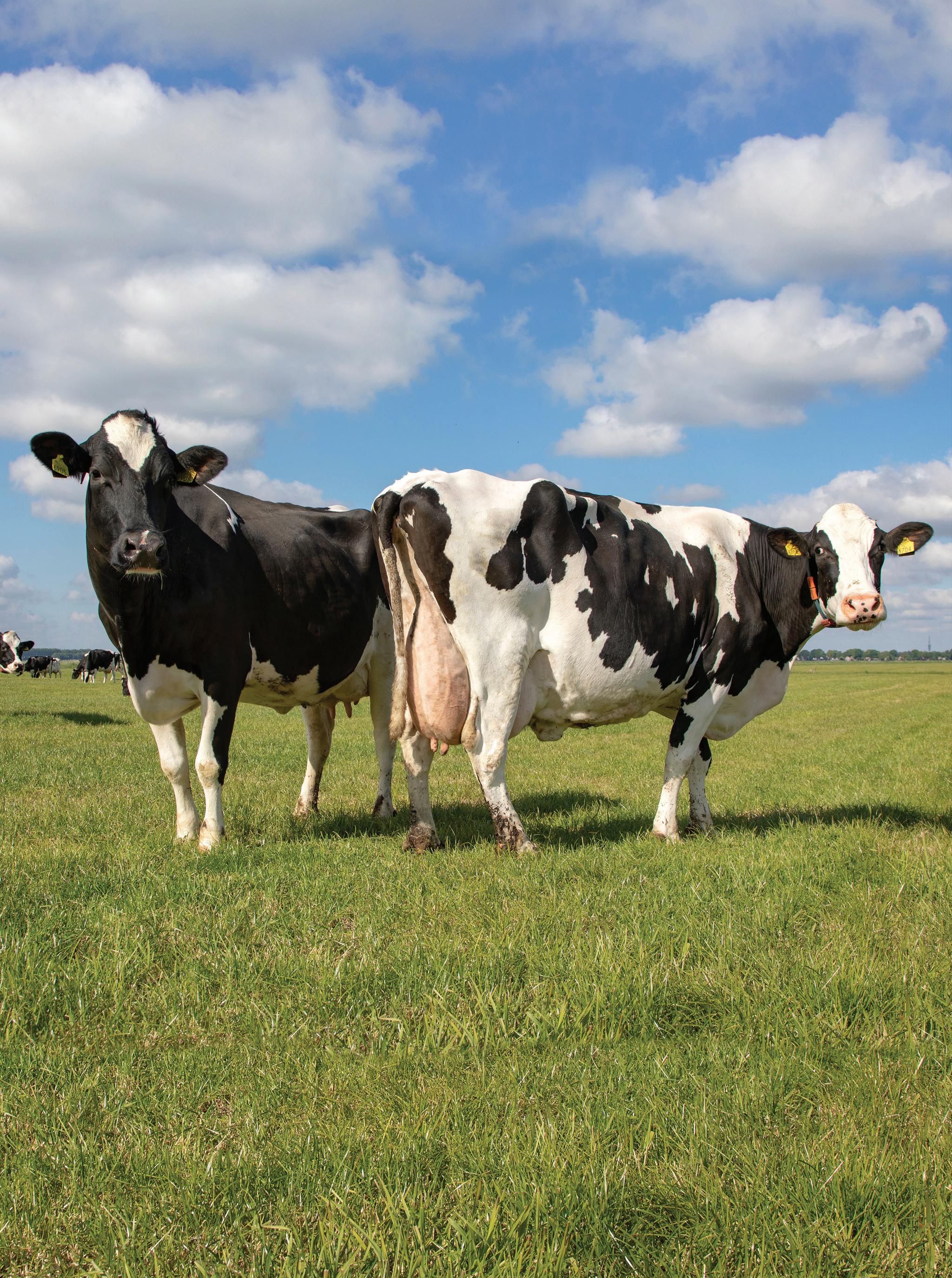
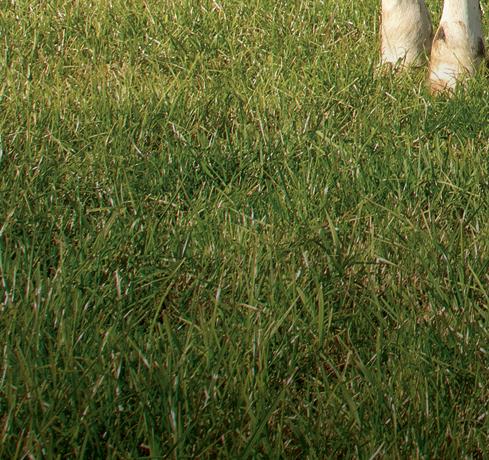



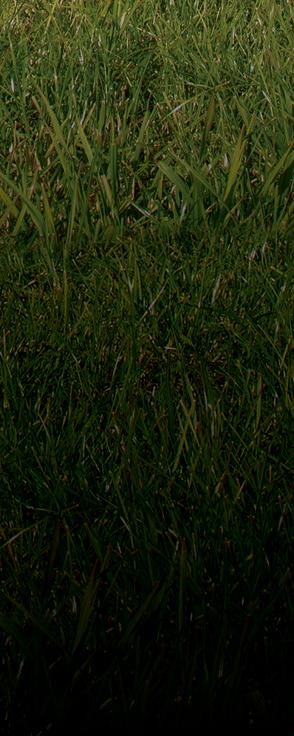

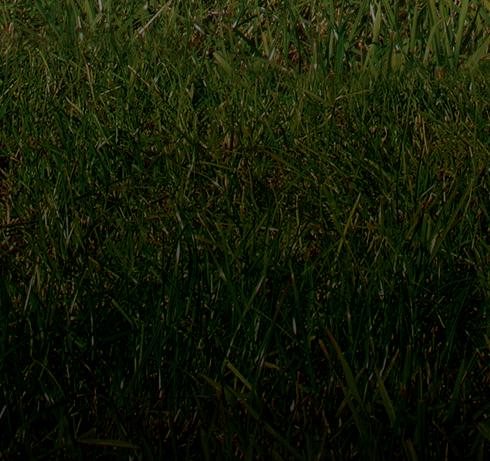










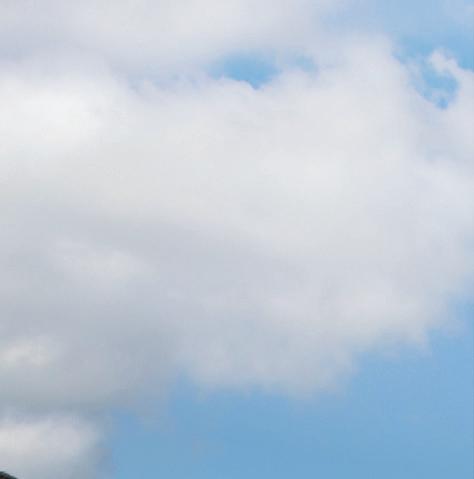







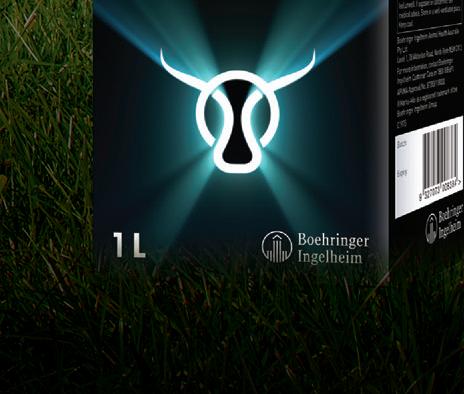



SHARING THE stories that shape our lives is the focus of a calendar project that focuses on dairy farmers in Gippsland in south-eastern Victoria.
The 2023 calendar was launched in Lakes Entrance in mid-December, at Gippsland Jersey’s milk processing facility, and involves the families behind 12 dairy farms across the region.
The calendar is a passion project of the founders of Gippsland Jersey, Steve Ronalds and Sallie Jones, who bring their philosophy of wellbeing and wellness into their business.
It is the fifth annual calendar the business has produced in the past six years and there is now an online community of dairy farmers supporting each other.
This support has extended to groups of dairy farmers camping on each others’ properties and helping clean up burned fences and re-fence farms after the 2019-20 bushfires in East Gippsland.
“People need people, and doing this calendar every year helps us all recognise the impact we have when we do something that helps other people,” Steve said.
The public launch of the 2023 calendar was attended by dairy farmers from across Gippsland. Six dairy farmers spoke about the stresses of farming and how they coped with them.


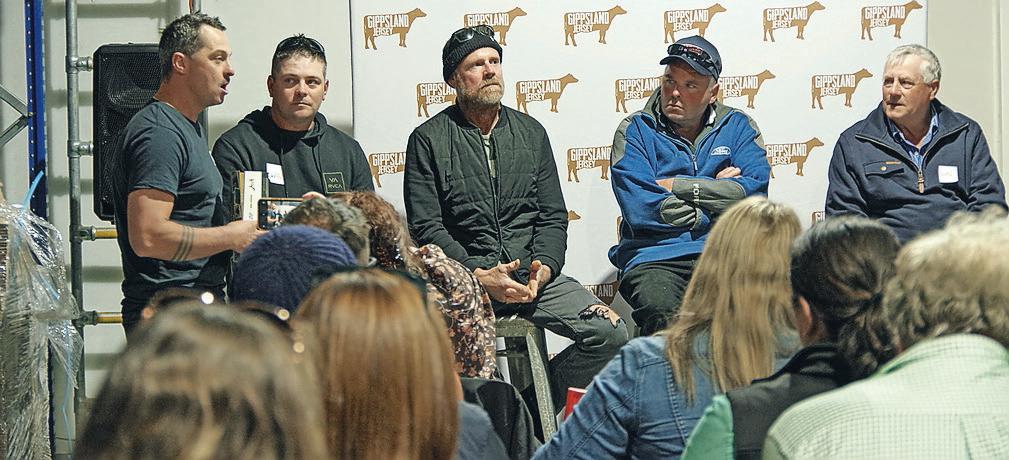
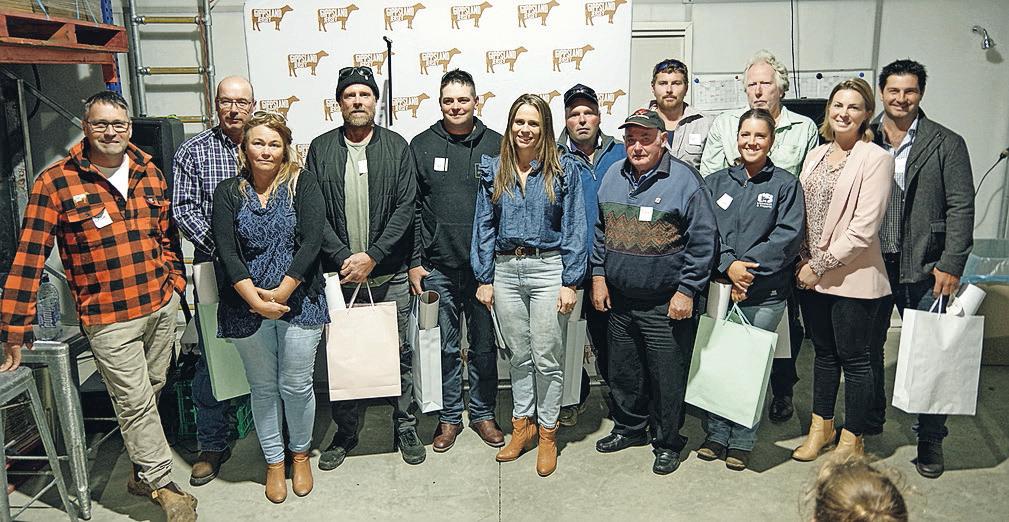
Ross Anderson, from Dennison, said it was easy to become “drowned in daily issues of calving, flooded paddocks, relationship breakdowns and family stresses”.
Having experienced the gamut of these stresses, “adversity is an opportunity for growth,” Ross said.
“Stop and do what you need to do to reset.” He uses exercise, mindfulness, breathing and listens to podcasts to help him cope.
“There are a lot of resources out there,” Ross said.
“All the stuff that happens has already
happened. I don’t need to keep going over it, but I do need to find ways to move ahead.”
When it comes to wellbeing, particularly mental wellbeing, Chris Kane, a dairy farmer at Marlo, said it was important to have conversations that broke open the stigma attached to talking about mental health.
“Ten years ago, people would’ve avoided having that conversation with me, but I think we’ve made progress [as a society] and today people will drop in to the farm and see how I’m going,” Chris said.
Making sure your family and friends were part of your support network was important, according to Matt Willis, whose dairy farm is at Yarram.
“Talk about what’s going on so people in your community know and are open to having a chat when you see them walking along the street in town,” Matt said.
He practices being grateful for the family and other people around him and his opportunity to farm every day.
“Make sure you have someone to reach out and talk to,” Matt said.
The Federal Government announced in December it would reduce psychological and counselling support funded by Medicare.
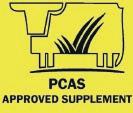
When the COVID-19 pandemic occurred, the Federal Government announced an additional 10 sessions annually — on top of the existing 10 sessions — would be funded by Medicare.
The decision recognised the impact of the 2019-20 bushfires and the pandemic, and has also been available for people affected by floods to access psychological and counselling support.
That additional 10 sessions have been cancelled, as of the beginning of 2023.
Co-founder of Gippsland Jersey, Sallie Jones, whose father committed suicide in 2016, was scathing of the decision.
“The system is fairly broken when you’re in need and can’t get help,” Sallie said.
“When people are in mental distress, it’s a challenging time for everyone involved.

“Mental health is a real problem. The

statistics of suicide, and its ripple effect in our communities, are enormous.”
Federal Member for Macnamara Josh Burns has publicly called out his party for the decision to withdraw funding.
His maiden speech in 2019 addressed the need for mental health funding and support.
After the announcement in mid-December, the Labor MP contacted the health minister and assistant mental health minister.
“One of the most difficult problems that confronts our healthcare system, is ensuring access to affordable and adequate mental health treatment for those who need it,” Mr Burns said.
“I believe that while there are real challenges in managing access to services [including not enough healthcare professionals], the answer is not to reduce support for those people who need it.
“For those people who require more than 10 sessions of Medicare-funded mental healthcare, the extra sessions can be the difference between someone’s anxiety increasing or being effectively managed.
“It can be the difference between everyday functioning — participating with family, friends, at school or work — or not coping at all.
“And it can affect how often someone with mental health challenges can see their mental health professional.”
Mr Burns has committed to lobbying for reinstatement of the additional 10 Medicarefunded mental health care sessions.
If you feel your mental health is an emergency situation, always call 000. If you need crisis support, you can phone Lifeline on 131 114 or text Lifeline on 0477 131 114.
Steve Ronalds (far left) and Sallie Jones (centre) of Gippsland Jersey, with some of the dairy farmers who have shared their stories in the 2023 calendar Some of the dairy farmers who have participated in the five calendars are Aaron Thomas, Chris Kane, Ross Anderson, Matt Willis and Pete Caldwell. All of them spoke at the calendar launch about the tools they use to look after their wellbeing.

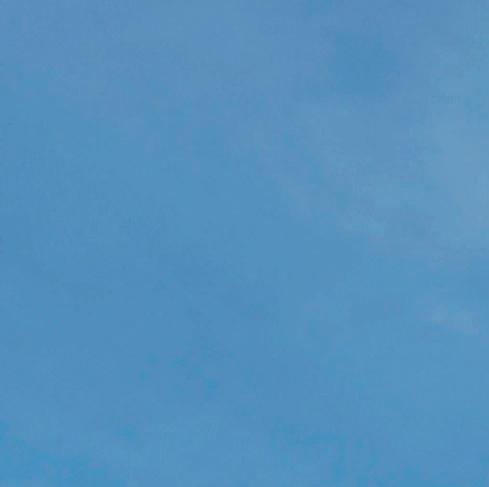
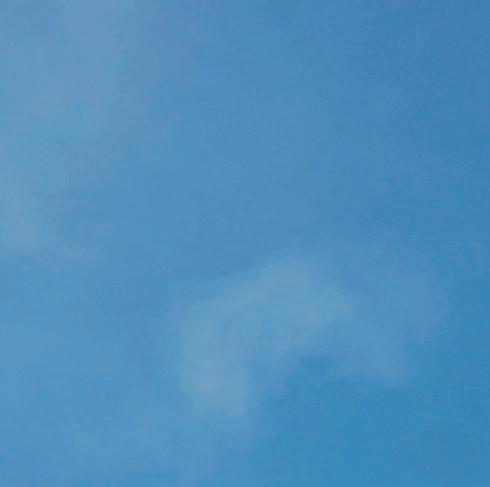
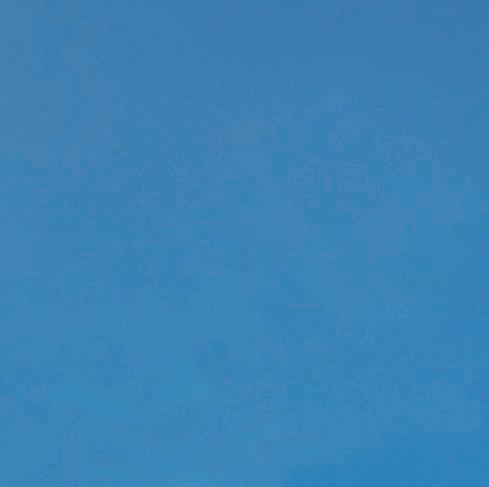
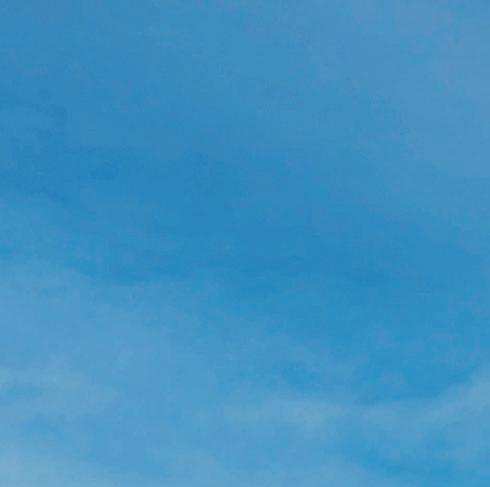



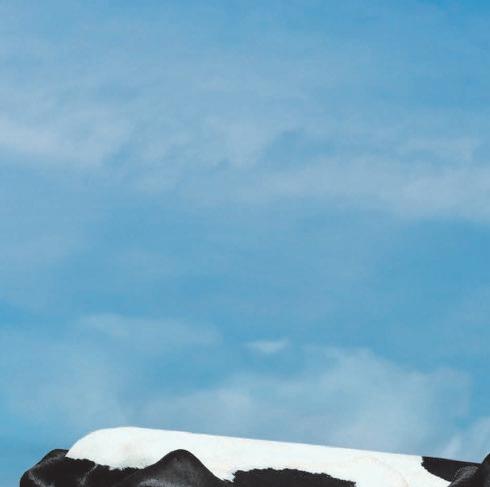







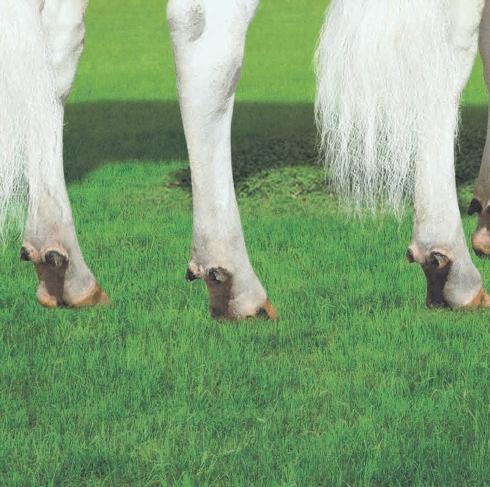

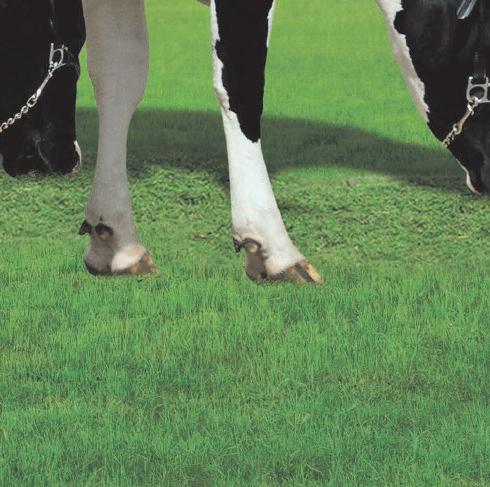
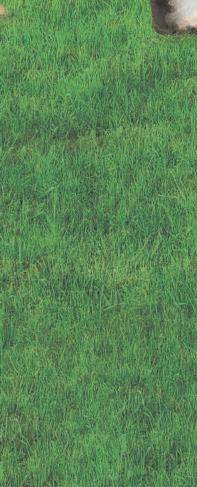

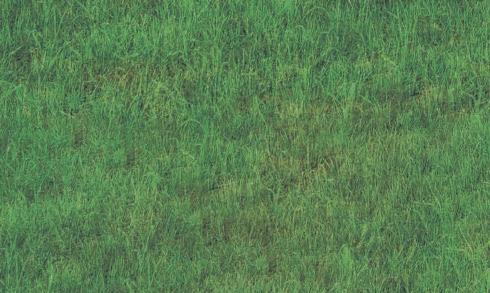




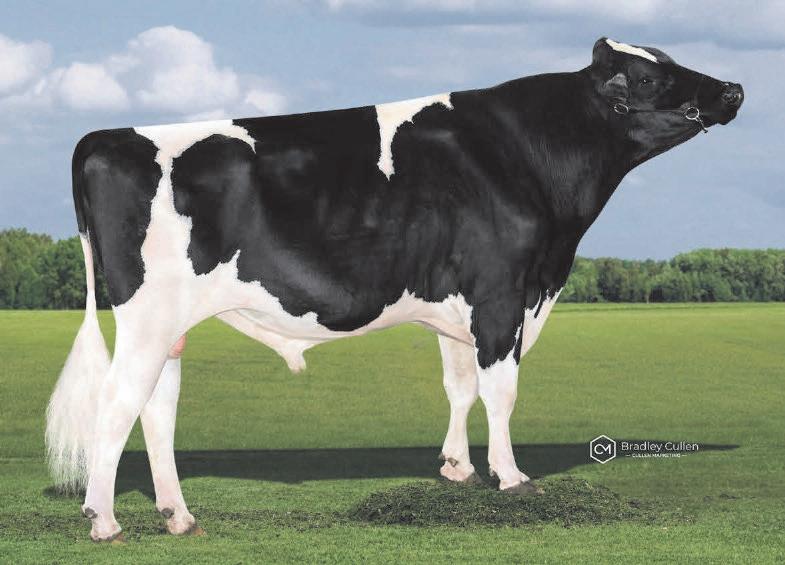
RECENT AND continuing flooding In Victorian and NSW will have a lasting impact on feed supplies for the country’s dairy industry.
In light of this, dairy farmers are looking at considering the importance of improving efficiencies and the profitability of their dairy farms.
Feed conversion efficiency and early intervention for unwell or underperforming cows are important aspects in ensuring efficient milk production and consistent supply of milk products for Australian households and export markets.
Heat detection along with early detection of sickness and disease in cows via rumination data is key to the successful management of a dairy herd.
This allows dairy farmers to make informed and timely decisions, which leads to greater productivity, profitability and milk yield on-farm.
Cow monitoring systems, such as the Allflex Dairy Monitoring System, allows farmers to monitor important aspects of a cow’s health, such as fertility and rumination via real-time data that is captured by collars or ear tags worn by cows.
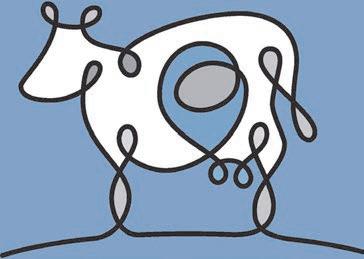
The system’s main benefit is that it helps farmers manage their dairy herds more effectively so they can focus their time on other important aspects of their business and their lives.
Geelong Cats AFL Women’s player and dairy farmer Shelley Scott juggles both her
football career and responsibilities on her family’s 100-hectare dairy farm, just outside Colac in Victoria’s Western District, which is difficult — especially when travelling interstate.
Since discovering the Allflex Dairy Monitoring System, Shelley has improved the reproduction and profitability of the mixed dairy herd by monitoring important aspects such as heat detection, adverse health events and overall rumination of her herd.
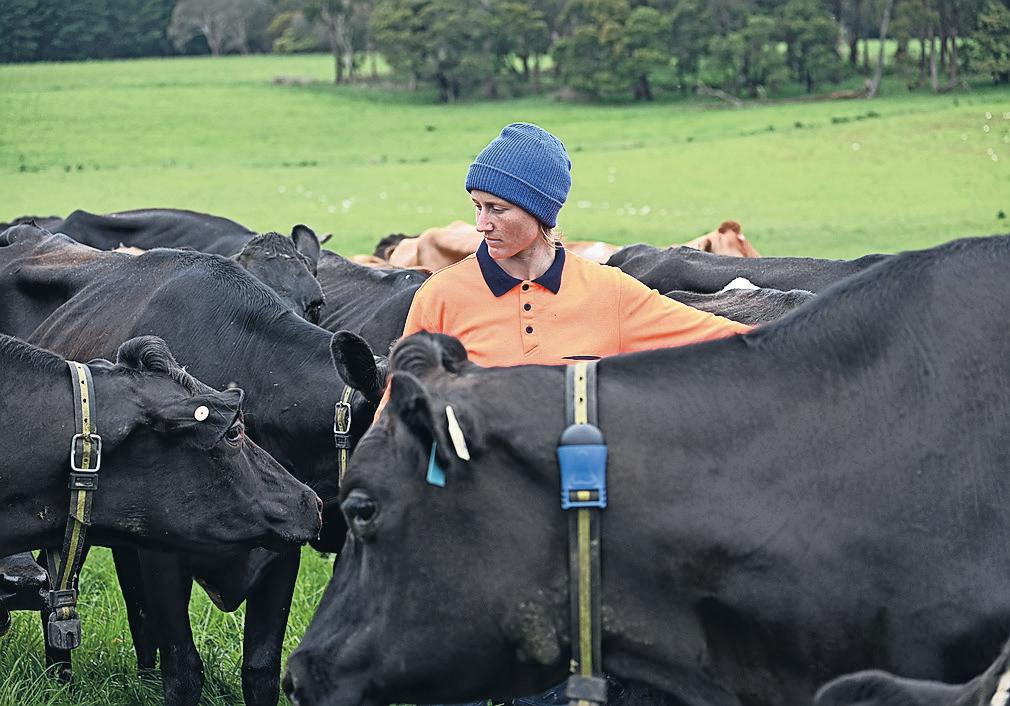
“I can check on all my cows through the Allflex app and alert someone back home if any need attention. Having access to real-time data on how my cows are tracking has made me a better farm manager,” Shelley said.
One of the main benefits of the Allflex Dairy Monitoring System is that Shelley can run her dairy farm with less help.
Instead of finding a herd manager while she is away, Shelley can keep an eye on things through her Allflex system.
“When comparing high-performance sport with high-performance in dairy cows, I find it’s always the one-percenters that make the difference, and the Allflex System helps me get the one-percenters right,” Shelley said.
Allflex sales lead Clancy Jordan said there were a variety of ways dairy farmers could improve performance on their farm, however, it was important to remember that farmers farm in different ways throughout different regions.
“Whether it is nutritional, agronomic, management or technological performance
solutions, Australian dairy farmers tend to be at the cutting edge, in a country that has no shortage of environmental or commercial challenges to throw our way,” Clancy said.
When it comes to Allflex Dairy Monitoring, the system provides accurate information around the reproductive performance of the cows in a herd — detecting heats, non-cycling and irregular heat cows, and also pregnancy probability.
“The Allflex System takes the pressure off throughout the calving period,” Clancy said.

“And I am finding that more and more of our farmers find the health monitoring benefits and the nutrition insights being a significant contributor to the return on investment.”
ɋ



For more information, call 1300 138 247 or visit: www.allflex.global/au/


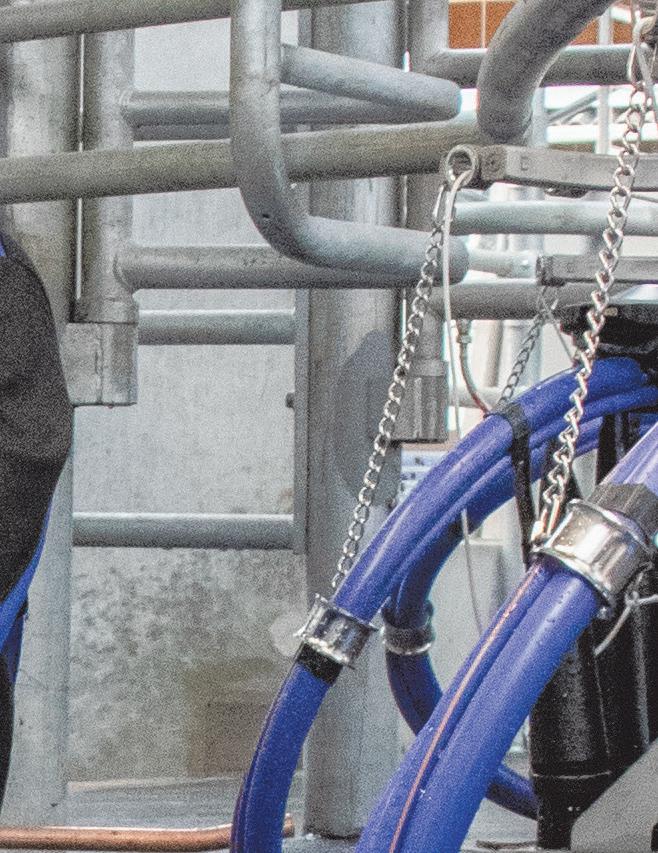















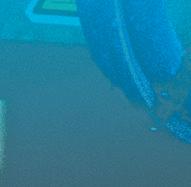
















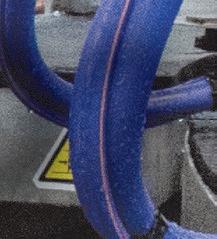







AUSTRALIA’S PREMIER dairy event is ready to ramp back up to full force in Hobart, Tasmania in February 2023.
This is the first time in the history of the Australian Dairy Conference that the gathering of leading national dairy farmers will venture this far south, in what promises to be an iconic return of the event.
ADC 2023 programming chair Dan Brown said the last time ADC delegates gathered was in Melbourne back in 2020 so a lot had happened in that time.
“It is quite incredible to think about the change that has occurred since 2020 and how every business, dairy and other industries, has had to adapt, evolve and transition to a new way of doing business,” Dan said.
“In particular, the most recent floods impact has placed further pressures on many dairy farmers across Victoria and NSW as we continue to face a different wave of challenges and conditions,.
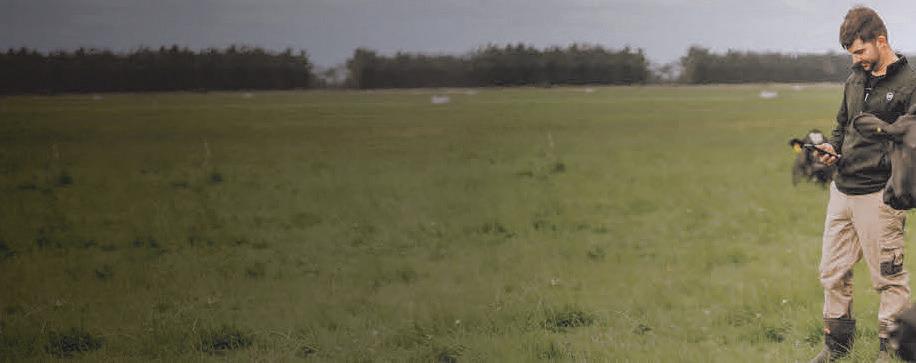
“Hence, it is quite fitting that the theme of our returning event is ‘Cultivate the change’ exploring how as businesses we need to equip ourselves with the right tools and strategies to ensure we are responsive, flexible and ready to face the next frontier — whatever that may be.
“A lot of the change we have seen recently is beyond our sphere of control — such as COVID, climate, global market conditions — so as dairy farmers we need to focus and harness our energy on things we can influence in order to develop and improve aspects that will benefit us into the future.”
Dan said the programming committee had trawled the globe to find the most respected and revered experts to tackle a number of crunch industry issues, including disruption, the growth conundrum, carbon neutrality and climate change, the modern succession landscape and getting dairy voices heard.
“ADC signals the welcome return of speakers from abroad including internationally recognised welfare scientist Professor Marina (Nina) von Keyserlingk (University of British Colombia), Professor Frank Mitleohner (University of California Davis) to debunk cattle methane myths and Mike McCully, US dairy chain consultant on how to overcome significant growth challenges,” he said.
“We have pulled in some big guns of international animal welfare and climate change to really set the scene for the challenges for the dairy industry and the globe into the future.
“We are pretty excited for what we have in store for delegates in 2023, including some revolutionary looks at how we approach our dairy businesses and the mindset that we need, despite disruption, to embrace and cultivate our strengths to be successful into the future.”
ADC 2023 Hobart will be held from February 15 to 17, and registrations are now open.
Farmer registration is $770 (early bird rate prior to mid-January) and the special rate for farmers under 40 years of age is $440.
For more information, visit: www.australiandairyconference.com.au
Barry Flynn milks a 620-strong Friesian herd on 195Ha in Methven, New Zealand. The farm manager originally from County Cavan in Ireland, is slowly building up numbers on the Cavendish Partnership farm, an ex-forestry block just outside Mt Somers. Three years out, and it presents some animal health challenges.

“We are building up the soil profile and the cows are producing lots of milk. The first year we hit our breeding target. But last year, didn’t go our way. This year, we wanted to explore how we could improve our breeding. One key strategy for doing that was collars.”
Rob and Barry looked at their options. They ran with Tru-Test Automated Heat Monitoring with Active Collars from Datamars Livestock.
“From an Irish point of view, I am very aware of wearables. Many farms back home would be using collars and the research behind this is extremely good. The way Rob Turney, the farm owner, and I thought about it was, ‘there was no point in fighting technology, it is coming in’. We might as well be innovative and understand it as early as we can to gain that couple of percent which is key.”
Barry Flynn | FARM MANAGER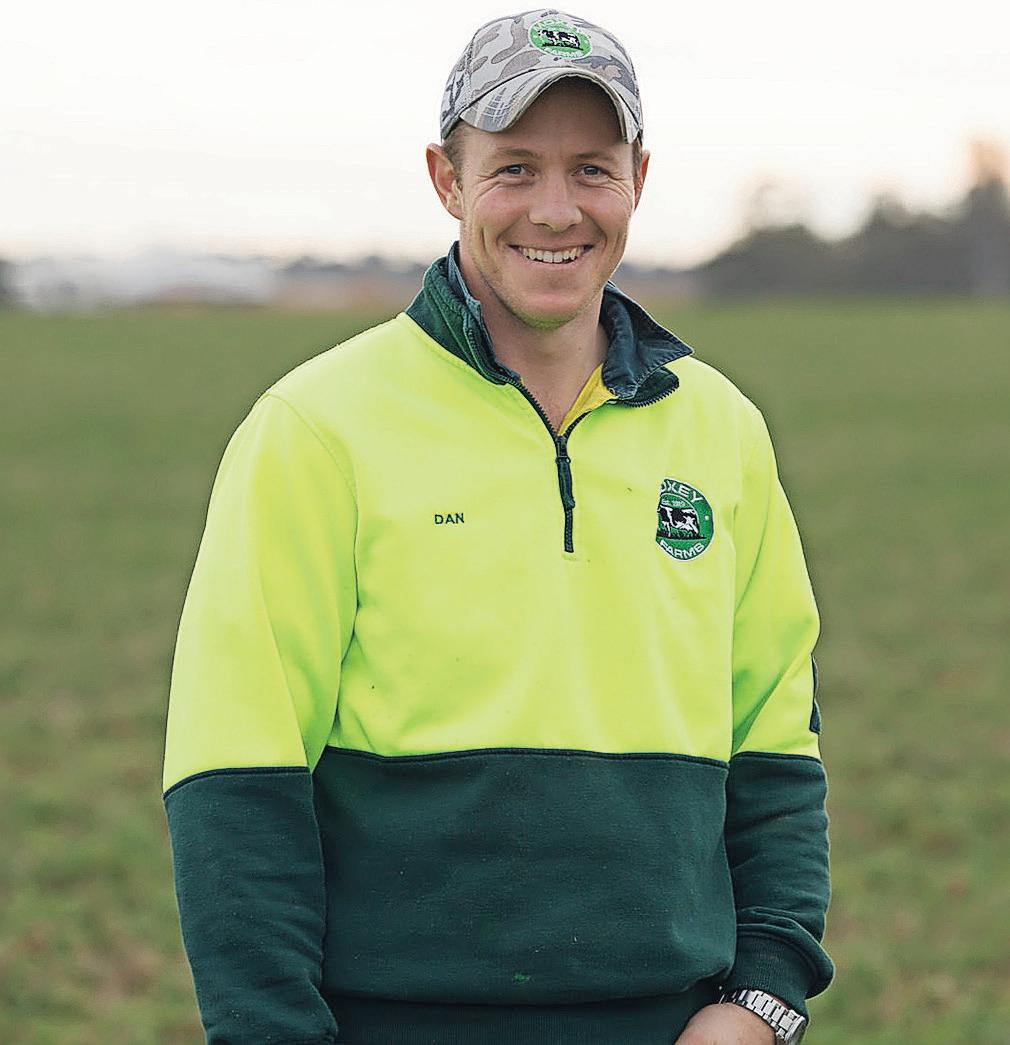
at the right time, not too early or late and the cows
holding on to the pregnancy.”
“We have found the collar data has been a real help for younger animals. One weakness of the industry is that cows fall out of the system far too early, and we are not getting our cows back in calf as early as we should. The data from the collars is giving us every bit of health advantage. If we think of the cow as an athlete, we are asking a cow to calve down in August and demanding her
to get back in calf by the first week in November. It is not giving the animal that much time to heal and recover. With these collars, we are doing our best to ensure as few cows are falling out of the system as possible. Going forward that’s our goal – sustainability.”
All the cow behaviour data, and heat and health insights, are integrated through the Datamars Data Livestock Cloud Software. Barry sees all this via the phone app.
“Rumination for example, the cow might physically look okay but inside its four stomachs might not actually be working 100 percent. She might be losing energy through that. It is quite easy then to say, that cow is not fully right. Especially over calving time, the data gives you the opportunity to be proactive. Those small things can make a huge di erence to the whole impact of your season.”
“The other massive benefit with collars, as it is with every other industry, is sta . It’s a massive thing for us. This year has been hard, but we haven’t required someone on the vet stand. With collars you are saving a unit because you don’t need a second person in the shed. That makes a huge di erence. I am saving two hours of every day. Instead, I am outside making judgement calls, actually managing the farm which I am paid to do.”
Head of Datamars Livestock Smart Farming for Australasia Verne Atmore is pleased with the
results farmers have seen with their Active Collar Tag but is quick to point out it’s just the start.
“We’re excited to now have our new automated Walk Over Weighing systems for sale in Australia. The solutions include the Flexi Mobile 4000C for in-paddock automated weighing and the Dairy WOW 4000C for in-shed daily herd weighing.
We’re also delighted to be a Program Partner of Farms of the Future in rural and regional NSW. This initiative will deliver on-farm connectivity solutions and encourage producers to adopt Agtech to boost productivity, increase market competitiveness and improve sustainable use of resources. This includes water e iciency, drought preparedness and increasing resilience to climate change.”
Contact the Datamars Livestock Smart Farming team today for more information about their full remit of smart farming solutions
agdata@tru-test.com 1800 248 774 or visit www.dairyfarmingmadebetter.com
“We trialled them because of Tru-Test’s reputation. We’re now running with them across the herd because of the results.”
FOUR TIMBOON and Camperdown students who contribute to their south-west Victorian communities will be supported to further their studies with Powell Legacy Fund Scholarships.
The scholarships were presented at Port Campbell Surf Life Saving Club on December 10.
During the presentation, Powell Legacy Fund Committee convenor Chris Hibburt outlined the background of the scholarship program, with funding coming from the Federal Education Department, the Powell family and the DemoDAIRY Foundation.
Mr Hibburt said the applicants had demonstrated volunteering and leadership in the local community, continuing the legacy of Ross and Andy Powell.
The fund is administered by the DemoDAIRY Foundation and is named in honour of Ross and his son Andy who were tragically killed when their boat flipped while they attempted to save a tourist in rough seas near Port Campbell in 2019.
The Powell Legacy Fund Scholarship winners for 2023 are:
Willow Smith, Timboon P-12: Willow is keen to study audio-engineering at Collart in Melbourne next year. She has had a leadership role with the local soccer club and has represented women’s soccer in the Country Championships. Willow has been an active member of Timboon Scouts and at school has been integral in implementation of the Diversity Group.
Susanna Ryan, Mercy College Camperdown: Susanna is hoping to study medical imaging
at Deakin University in Geelong in 2023.
She has been involved in the surf club since Nippers, is an active patrol member, volunteers at Park Run and was house captain at school this year.
Rachael Morden, Timboon P-12: Rachael is planning to study science engineering in Melbourne. She is an active volunteer with the surf club, Park Run, Sunday School at her church and junior programs at the school. She competes in athletics at state level and loves her surf boat rowing with the Port Campbell Pixies.
Alysa Hibburt, Timboon P-12: Alysa is hoping to study outdoor education and environmental science in Melbourne next year.
She is an active volunteer member of the surf club and rows with the Port Campbell Pixies. She has been sports captain at the school this year and is involved in a variety of community programs.
So far there have been eight recipients of the scholarships, including two who have completed their studies. The scholarships will continue to be awarded for another couple of years depending on funding.
Mr Hibburt said this year’s Port Campbell Nippers program had attracted more than 150 entrants, demonstrating the draw the surf club has to the community.

More information about DemoDAIRY Foundation scholarships can be found at https:// www.demodairy.com.au/scholarships-andgrants/ or from DDF secretary Ian Teese on 0427 358 987 or itag@bigpond.com
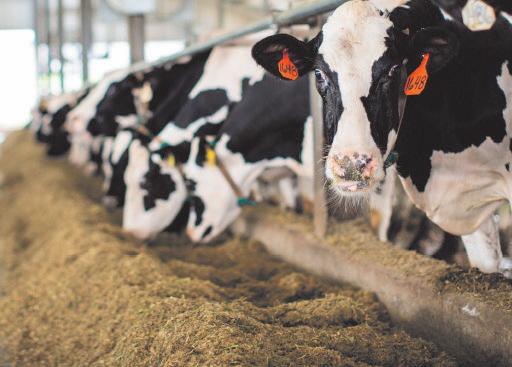


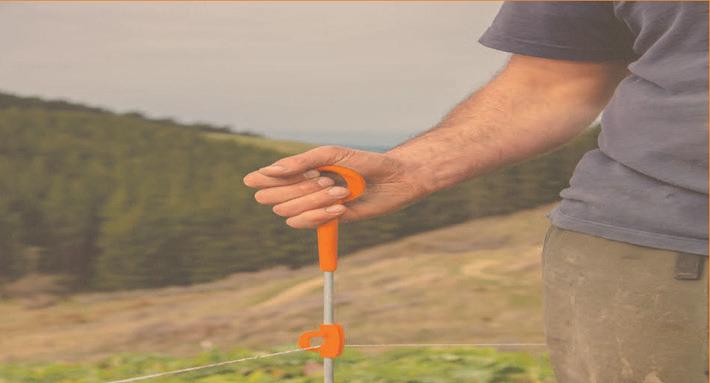


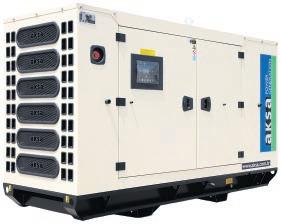
AVERAGE DAIRY farm profits in NSW were in the positive range for 2021-22, the Dairy Farm Monitor report has found.
The project reported strong milk prices and livestock trading conditions supported strong gross farm incomes across the 36 farms surveyed around the state.
This compares to the 2017-18 report, which recorded record low levels of profit.
However, the past challenging season and increased costs constrained higher profits on many farms.
The impact of the wet conditions was less severe in general in inland regions, which resulted in some farms generating a strong profit.
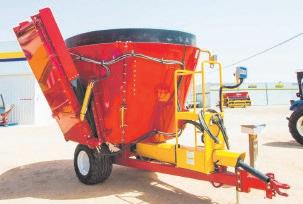

Of the 36 farms surveyed, 33 reported a profit.

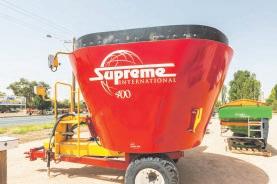

The survey revealed farmers were most concerned about seasonal conditions and input costs, while milk prices were less of a worry for most farmers.
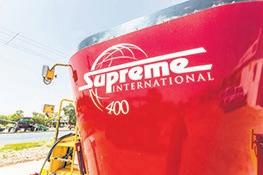

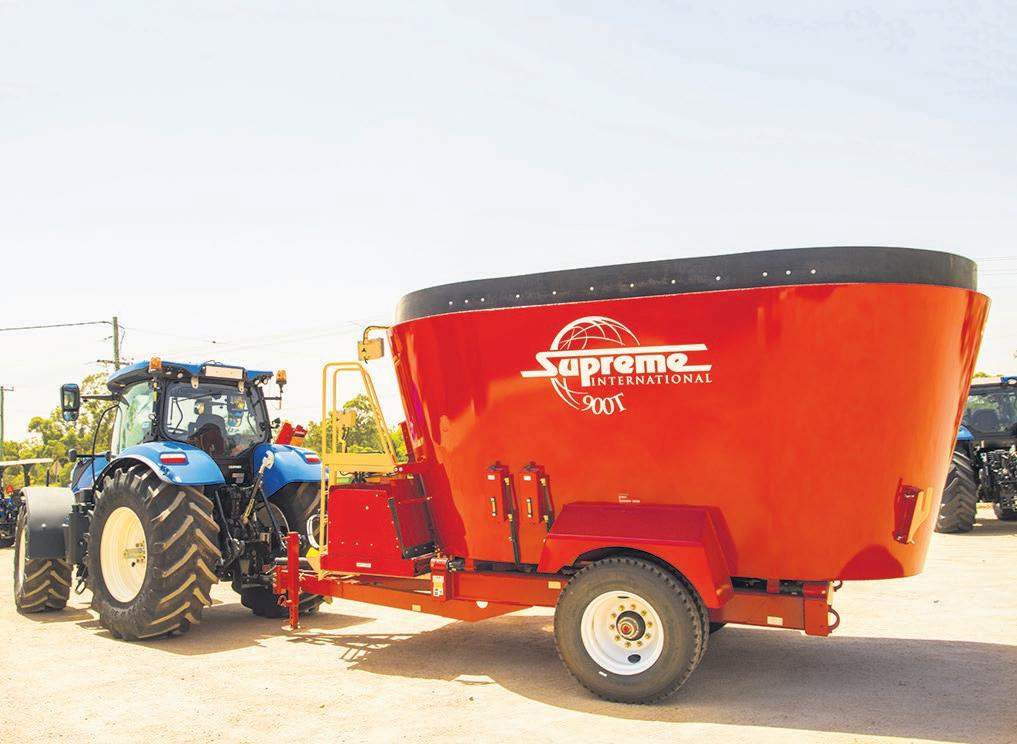
The surveyed farms reported a return of $1.71/kg of milk solids, average earnings before interest and tax.
Major concerns reported by NSW dairy farmers. Source: Dairy Farm Monitor report.

The year saw a two per cent increase in average milk price to $9.31/kg MS, but a 12 per cent increase in herd costs to $0.47/ kg MS.
Along with this was an eight per cent increase in total feed costs to $4.24/kg MS.
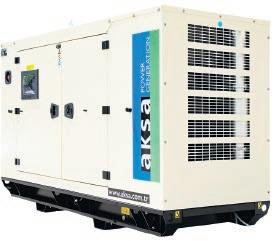




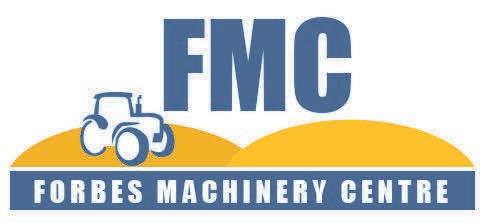
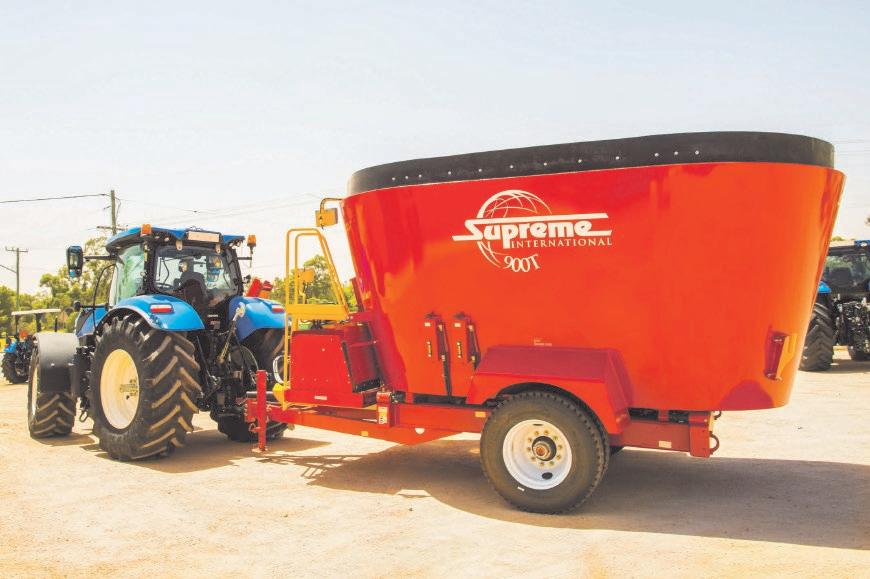

There were about 494 dairy businesses in NSW producing 1.07 billion litres or 12.5 per cent of Australia’s national production in 2021-22.
Dairy herd improvement industry conference Herd ’23 will be held on March 15 and 16 in Bendigo.


Held every two years in the central Victorian city, the conference has a reputation for addressing exciting topics through speakers who are leaders in their field, including scientists, farmers and service providers.

The Herd ’23 program has a strong sustainability theme, with a particular focus on how breeding and herd improvement can contribute to a sustainable Australian dairy industry.
Professor Jennie Pryce from DairyBio will provide an overview of global initiatives to improve sustainability through genetics.
Barry Irvin from Bega Cheese will share his experience with implementing a circular economy initiative, from both the farmer and processor perspective.
Michelle Axford will share early findings from her work to develop a calf vitality breeding value.
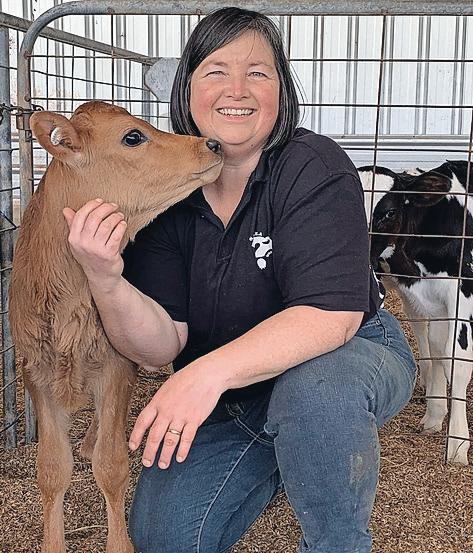
DataGene CEO Matt Shaffer said Herd conferences were a rare opportunity for people working in dairy herd improvement to get together and share ideas.
“The sense of community and connections forged at Herd conferences are just as valuable as the presentations,” Dr Shaffer said.


“This was really highlighted at Herd ’21





where we managed to run the event in between lockdowns and offered attendance in person and online. We’ll be offering a hybrid format again in 2023.”


Register before February 10 to take advantage of the early bird discount at: https://www.ivvy.com.au/event/Herd23/ herd-23-register-now.html
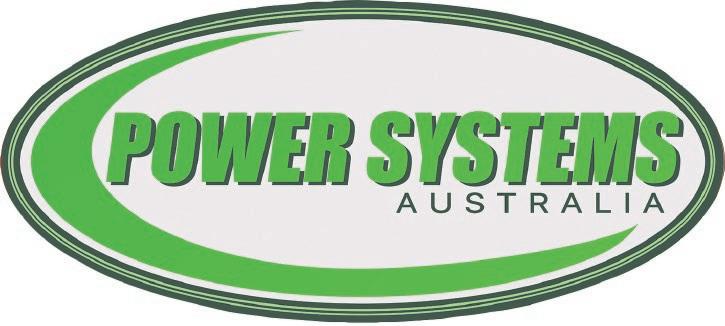
Herd conferences are a joint initiative between DataGene, Dairy Australia, Holstein Australia and the National Herd Improvement Association.
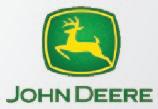










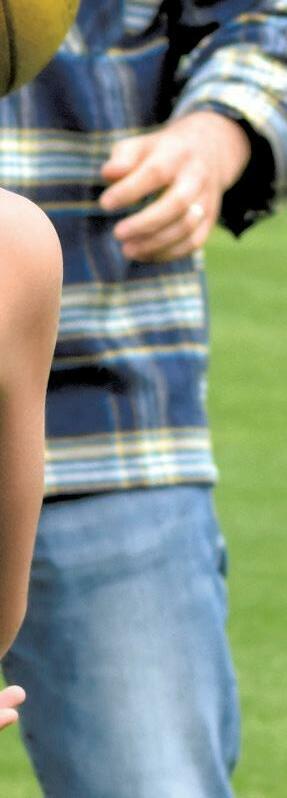
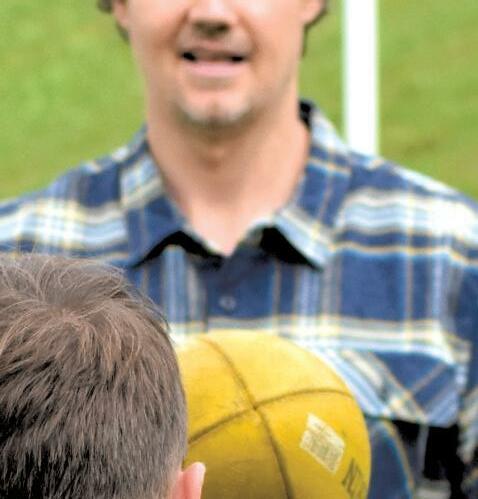


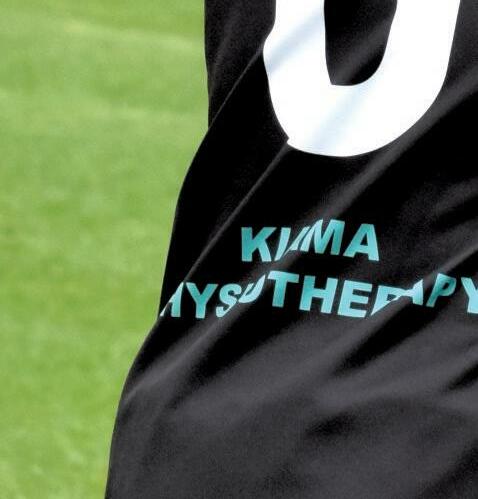
Being a dairy farmer is sometimes like being a parent to your herd, but not having enough time for your own family. Thankfully, Allflex® Dairy Monitoring can help. It allows you to see when cattle are in heat, unwell and lots of other useful info. All on your phone, wherever you are. And it's backed with great training and local support. Allflex Dairy Monitoring
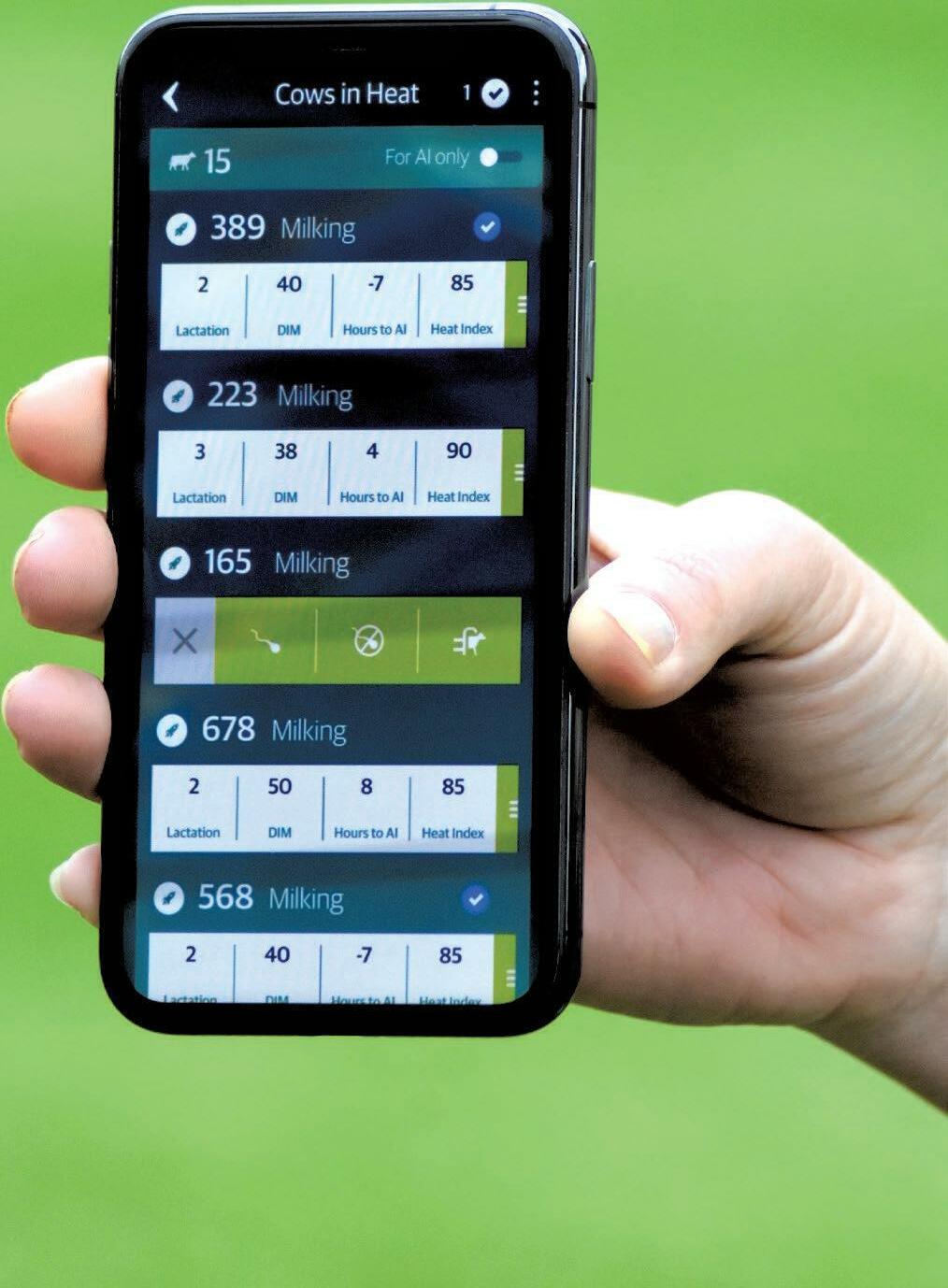


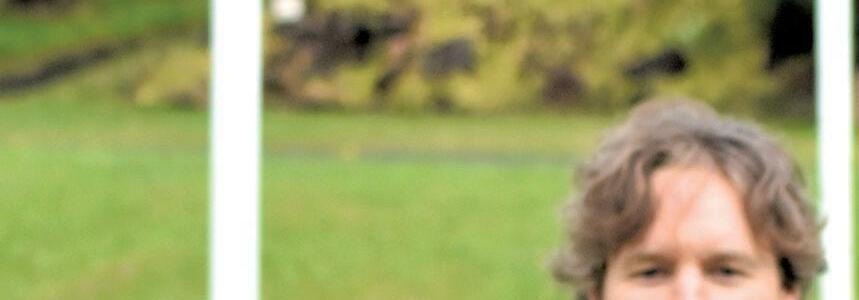
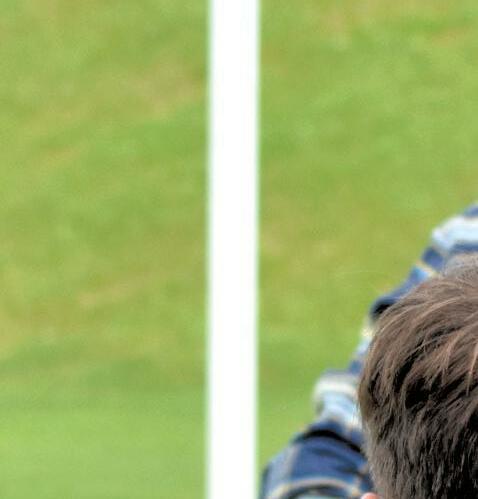



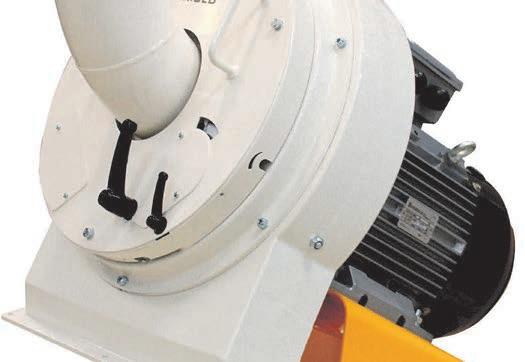





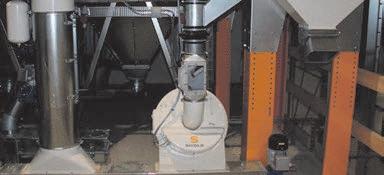
GENETICS AUSTRALIA has had a record-breaking year and its best financial performance for more than two decades.
On the back of strong industry outcomes, the Genetics Australia group has posted a $861,210 after-tax profit from $16,829,051 revenue in 2021-22.
The co-operative’s revenue increased from $13,670,141 and the profit jumped from $191,511 the previous year.
Semen collection reached record levels with more than 1.2 million units produced during the financial year.
The group net assets remain strong at $16,617,669, an increase of $914,757 during 2020-21.
“From both financial and business performance perspectives, GA has had an exceptional year, reflecting the strong state of our livestock industries and the quality of our team and our products,” Genetics Australia chief executive officer
Anthony Shelly said at the AGM on November 22.
He said much of the success had been driven by the purchase of TLG and the economies of scale and efficiencies resulting from that investment.
During the financial year, Genetics Australia completed the last part of its TLG investment with the $6.8 million purchase of an additional 485 hectares at Glenormiston.
The sale of the Parwan Park property at Bacchus Marsh was formally settled during the year, ending a historic connection to the region.
“This land was part of the foundation of Genetics Australia but the decision to concentrate and consolidate our operations in southwest Victoria is already paying dividends,” Mr Shelly said.
The co-operative retains an office with an administrative team and merchandising distribution on the Parwan Park South property.
“When we purchased TLG, we set an
Pump solutions and water technology company Grundfos is supporting European-based dairy manufacturer Arla Foods to reduce carbon emissions in its operations by 63 per cent by 2030.

Arla Foods is an international dairy company owned by more than 8900 farmers from Denmark, Sweden, the United Kingdom, Germany, Belgium,
Luxembourg and the Netherlands.
Arla produces brands such as Lurpak and Castello.
Grundfos has been appointed to identify, report and achieve energy reductions across Arla Foods’ 60 global dairy sites by replacing pumping systems with high-efficiency systems with state-of-the-art motors, pumps and controls.
ambitious target of producing 100,000 units of semen per month and we have already surpassed that milestone, finishing the year in excess of 1.2 million units,” Mr Shelly said.
Genetics Australia also maintained its push into international markets, appointing STgenetics-New Zealand as its exclusive distributor in New Zealand and significantly expanding export markets in Pakistan.
Genetics Australia chairman Trevor Henry said GA should be proud of the cows it had helped develop in Australia during the past 65, but not rest on its laurels.
“While industry forecasts remain strong in the short to medium term, we remain exposed to the highs and lows of Australian agriculture as drought and floods will continue and competition will remain strong,” Mr Henry said.
He also highlighted Genetics Australia’s focus on sustainability in its product development and business operations.
Grundfos said it had assessed two thirds of Arla Foods’ sites and identified annual savings of seven gigawatt-hours, with total expected savings around 10 gigawatt-hours (10,000,000 kilowatts).
This corresponds to reducing Arla’s total electricity consumption by 1.2 per cent which is equivalent to driving an average
electric vehicle around the world 1250 times (50 million kilometres).
Grundfos said it had recently supplied and installed new intelligent pumps at the Arla Westbury dairy in the UK, which helped the site achieve savings per year of 481,800 kWh energy and 194 tons CO2 for their ice and chilled water systems.

For the past 10 years we have made major advances in our entire lactation nutrition program by offering AMS Dairy Lick for young stock and replacement heifers. AMS Dairy Lick is a combination of macro and micro minerals balanced to build a stronger ‘bone bank’ in the skeleton of the replacement heifer.

THE BENEFITS ARE:
• Loading up a fully mineralised ‘bone bank’ allows the springing cow to call on minerals during transition and into early lactation.
• When fed as a precursor to AMS Get Set Cow leed feed, we see reduced sub clinical milk fever symptoms such as leaking teats, mastitis, and greatly reduced withheld placental cleanings.
• Calves are born stronger, healthier, and of great colour, due to mother building minerals into the growing foetus in utero. Born calves then drink higher immunoglobulin concentration in colostrum.
• Enhanced breeding rates from building healthier eggs long before they are needed, due to feeding the year-long mineral program.
• Less lameness through Zinc supplementation over the dry period which continues to keep hooves hardened throughout growth, so you don’t experience a period of so hooves eight weeks into lactation.
For more information about how AMS Dairy Lick and the enhanced mineral program of AMS Go Cow Dairy Mineral Supplements, can improve your herds nutrition contact: Animal Mineral Solutions /Dairy Business Centre Call: 03 5831 2176 Vist: www.animalmineralsolutions.com.au email: hjm@dairybusinesscentre.com.au
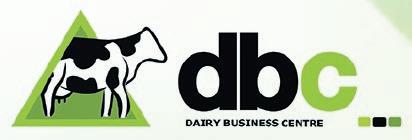 Genetics Australia chief executive officer Anthony Shelly delivers his report at the annual general meeting.
Genetics Australia chief executive officer Anthony Shelly delivers his report at the annual general meeting.
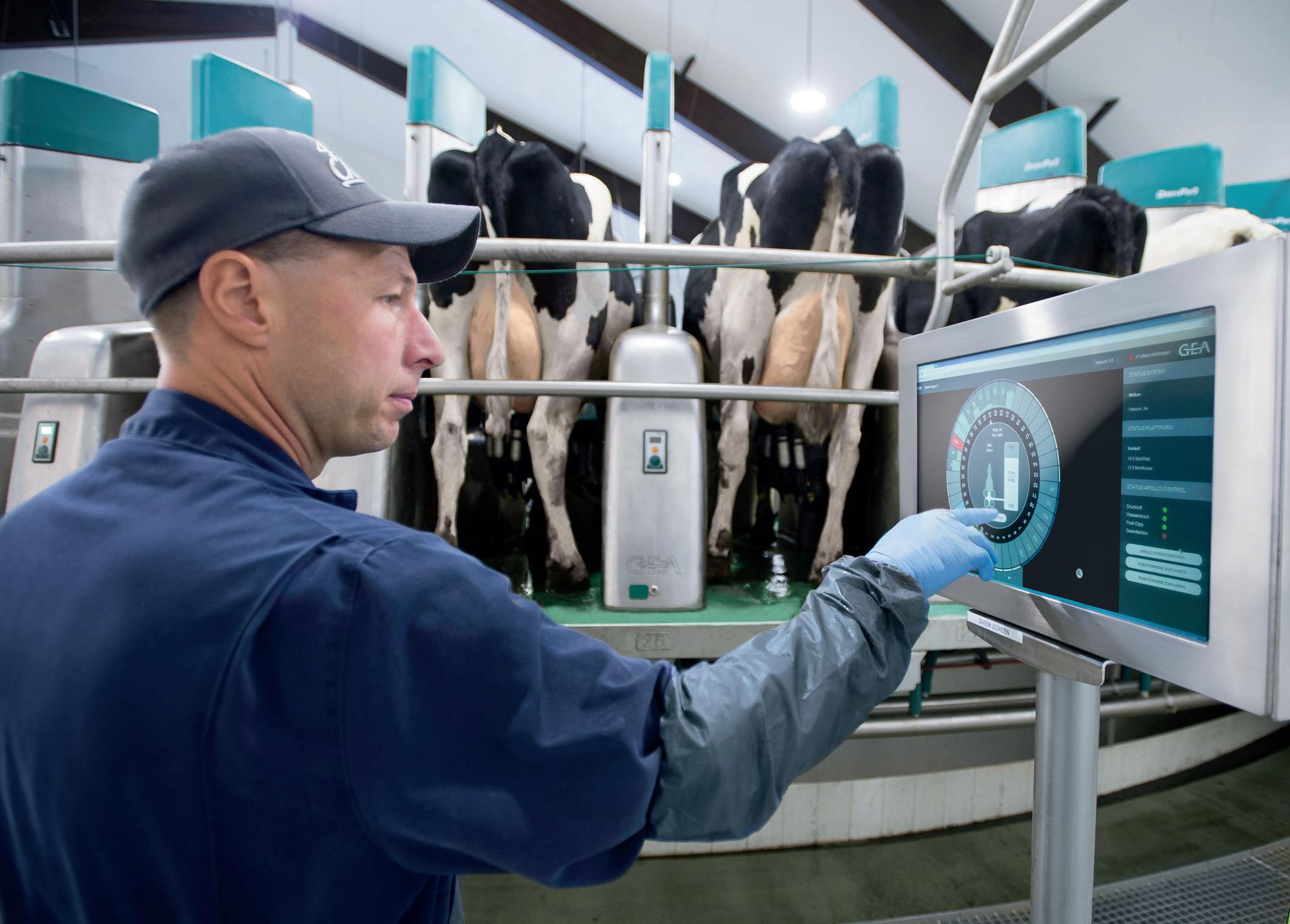
HIGH HUMIDITY in feedpad pens can result in a potentially dangerous heat load situation, especially if there is little to no wind, according to Virbac Australia’s veterinarian Paula Gonzalez-Rivas.











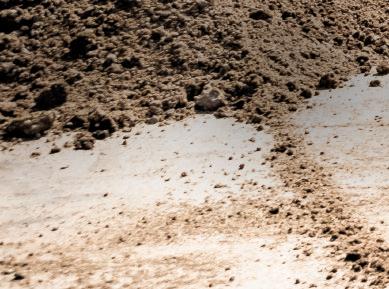





“High ambient temperature and relative humidity can affect animal physiology and production from conception and fertility rates to immunity, health, meat quality and milk production, leading to significant economic impact for producers,” Dr GonzalezRivas said.
“In extreme cases, it can even lead to high livestock mortality.”


What’s often surprising is that it’s not only extremely high daytime temperatures that trigger heat stress. High humidity and warmer nights can have added impact.
“Hot nights and high humidity can be dangerous for livestock, as it’s harder to thermoregulate and dissipate heat accumulated during the day to reduce their core temperature,” Dr Gonzalez-Rivas said.

“That places them under continuous stress, increasing respiration, heart rate and water intake, and affecting multiple physiological processes.
“In fact, recent research has revealed air temperatures rising just 1.5° above average can decrease conception rates by as much as five per cent.




“Even before birth, calves suffer the negative consequences of heat stress if cows are heatstressed during late pregnancy.
“Heat stress increases the production of free radicals and reduces the activity of antioxidant enzymes, leading to oxidative stress.
“In dairy cows, oxidative stress negatively impacts fertility, milk production and health.


“Cattle under oxidative stress have an increased incidence of mastitis, higher somatic cells count, poor responses to vaccination, decreased fertility, increased embryo mortality, abortion, premature calving, retained foetal membranes and uterine infections.
“Furthermore, oxidative stress also affects sperm concentration and viability in males.”










Dr Gonzalez-Rivas said producers should review their preparedness plans for heat stress.
This should include an inspection of the livestock environment and infrastructure, good shade and water sources, with the addition of fans and sprinklers in intensive production environments.
“Abundant water is essential,” Dr GonzalezRivas said.


“It’s worth remembering that animals under heat stress lose much more water through respiration and perspiration, often requiring to drink up to five times more than usual.”
Having a good summer nutrition program
that includes trace mineral supplementation is also key.
Dr Gonzalez-Rivas recommended using a trace mineral supplement like Multimin injection to improve health, fertility and performance.
“Multimin contains important trace minerals like manganese, zinc, selenium and copper, to help boost antioxidants, reproductive performance and immune function of sheep and cattle.”
She said Multimin had been demonstrated to help reduce the incidence of metritis and stillbirth and improve the immune function of dairy cows undergoing the transition period under heat stress conditions.
Victorian dairy farmer Renee Murfett is a big believer that it pays to be preventive rather than reactive when it comes to heat stress in cattle.
“Summer can be harsh on our cows, so we make sure they’ve always got access to shade and water,” Renee said.
“We have a sprinkler system set up in our yard for hot days, which not only cools the cows but also stops their frustration with flies.
“The first signs of heat stress we notice are heavy breathing and stock not wanting to move away from the shade. In more severe cases, they go down with exhaustion.
“We can lose anywhere from 500 to 1000 litres of milk a day during a heatwave so Multimin is definitely something we are open to trialling in our cows during a heat stress event.”
IT’S THAT time of year everyone looks forwards to — drying off. Less cows in the dairy, shortened milking times and fewer hungry mouths to feed.
While a lot of farmers are well versed in the dry-off process and are happy to see their milking herd size temporarily reduced, dry cows are often a management group that can be forgotten.
Although we would like to ‘set and forget’, appropriate nutritional management cannot only help with the transition period but can also greatly affect the production efficiency for the next lactation.
For most cows the dry period is generally about eight weeks long. During the dry period, the milk producing cells in the udder have the opportunity to regenerate before beginning another lactation.
To ensure an adequate dry period, an accurate estimation of the calving date needs to be known.
The use of early pregnancy testing (between six to 16 weeks of gestation) allows for the best possible estimation of conception date and therefore calving date so that an appropriate dry period can be determined.
Early pregnancy testing also allows early identification of empty cows or those with specific problems so that strategic management decisions can be made. For example, cows detected in calf with twins can be dried
off earlier as they frequently calve before their estimated calving date.
Cows should ideally be dried off with a body condition score (BCS) between 4.5 and 5.5 (one to eight scale).
Body condition scoring at dry-off allows the diet to be adjusted so that cows go on to calve in the desired body condition.
You should aim for cows to not lose or gain more than 0.5 BCS between drying off and
calving to prevent them from becoming overfat or mobilising excessive body tissue.
Cows with a BCS greater than 5.5/8 (target less than 15 per cent of the herd) at drying off should be fed to maintain condition during the dry period — it is important not to allow over-conditioned cows to lose condition during this time.
Over-conditioned cows or those who gain weight during the dry period,

typically consume less dry matter prior to and after calving.
This can increase the risk of metabolic problems around calving and have a negative impact on subsequent milk production and reproductive performance.
Cows with a BCS of less than 4.5/8 (target less than 15 per cent of the herd) should be preferentially fed to increase feed intake during the dry period.
These low BCS cows or those who lose condition during this period, mobilise fat reserves prior to calving leading to increased risk of periparturient problems.
The benefits of appropriate body condition at drying off and calving extend beyond subsequent milk production.
Cows that calve with a BCS 4.5–5.5/8 can have six-week or 100-day in-calf rate at least 12 per cent higher than if they had calved at a BCS below 4.5 (Cow Body Condition Scoring Handbook, Dairy Australia, 2013).
If you require advice on body condition scoring or management of cows at drying off, speak with your herd vet or nutritionist.
Katrina Martin began her career in southwest Victoria before heading closer to home at Kyabram. She enjoys all aspects of dairy work but especially enjoys engaging with farmers to help make their business more profitable through improved herd health.
Katrina says she is keen to learn about more aspects of dairy, in areas not just related to veterinary health, to better understand how these businesses run.
Animal health business Zoetis has partnered with TerraCycle to launch a recycling initiative for dairy farmers in an effort to keep plastic waste out of landfill.
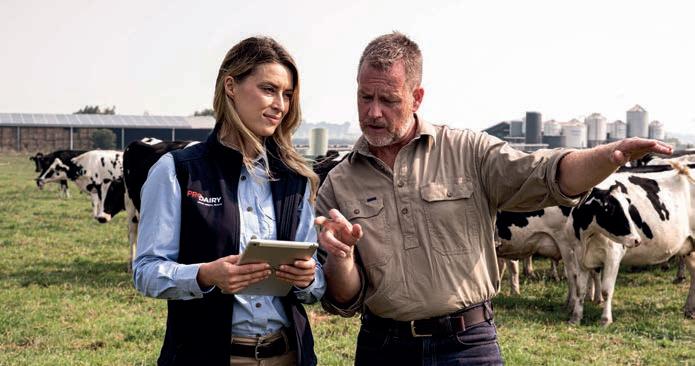
The innovative recycling initiative sees plastic syringes melted down and pelletised. This raw material can be made into new items such as garden beds, watering cans and outdoor furniture.
The recycling program supports the recycling of empty Teatseal syringe packaging.
Teatseal is a non-antibiotic product used to prevent mastitis infections during the drying-off period.
The preventative treatment is administered using a plastic syringe that is not recyclable in kerbside bins, and depending on the herd numbers, the amount of plastic generated per farm can be significant.
Zoetis has partnered with a number of veterinary clinics across Australia, enabling farmers to return the used syringes to their local participating clinic, where they are placed in a recycling box.
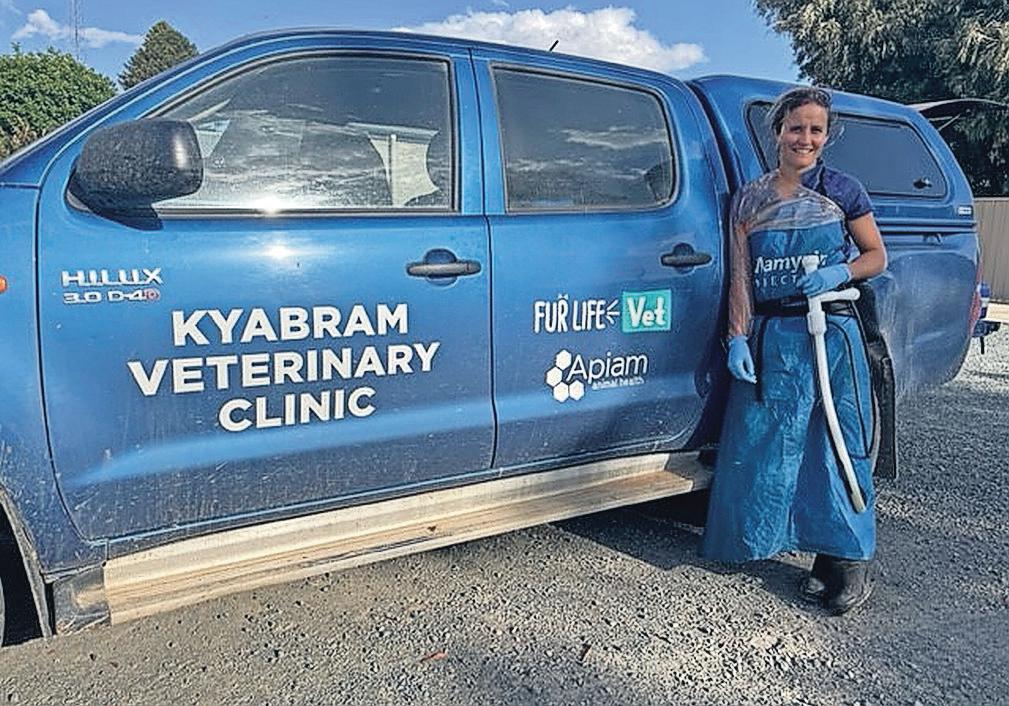
There are currently 100 collection boxes around Australia.
Australia produces around 8000 tonnes of waste farm plastics a year, with only a small percentage currently being recycled.
In the past three years, the Federal Government has strengthened its commitment to ensure the Australian agriculture sector is contributing to global sustainable development goals.
“This is the first time we’ve run a scheme like this in Australia, following the tremendous success of a similar program implemented by Zoetis in New Zealand,” Zoetis vice-president Lance Williams said.
“Whilst we have only recently launched this

initiative in Australia, we’ve been impressed by the enthusiasm and uptake from veterinary clinics and dairy farmers wanting to participate in this program.”
Since launch, the Teatseal recycling initiative has returned more than 495kg of plastic.
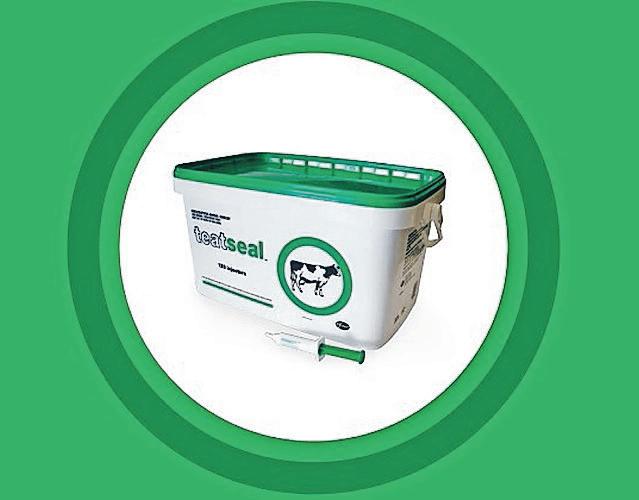
“Teatseal is made from a mix of plastics that can’t go in kerbside recycling,” TerraCycle’s Jean Bailliard said.
“Through our new partnership with Zoetis, we’re able to provide farmers and veterinarians with solutions to divert these plastics from landfills so they can be repurposed.”
For more information, visit: www.zoetis.com.au
Kyabram-based vet Katrina Martin.THE LOGO may change but it will be business as usual for agriculture machinery business Rural Group after new owners Agriculture Equipment Holdings took over the reins in November.


Rural Group’s three outlets at Shepparton, Echuca and Cobram in northern Victoria now fall under the AEH umbrella, and AEH national marketing manager Sharon Charlton said it was an exciting time for both businesses.
Under the guidance of owner Adam Kaplan and AEH general manager Mark Massingham, AEH has grown from one dealership in Parkes in 2018 to 12 in the past four years, with six outlets in NSW, three in Tasmania and more recently the three in northern Victoria bought from Rural Group owners Chris Pettigrove and Graeme Shiells.
Mrs Charlton said AEH and Rural Group shared a commitment to family-owned and operated businesses, a strong customer focus and a future-focused sustainable model for growth.
“The AEH approach provides a great model for a younger generation wanting to get into the farm machinery sector without significant overheads,” she said.

“It also provides a succession plan for dealership owners who are wanting to step back or retire from the business.”

Mrs Charlton said Mr Pettigrove and
Mr Shiells planned to retire but would continue to work with AEH’s Mr Massingham during the transition period.
Rural Group’s logo will change to reflect the AEH brand but there will be no name changes, existing staff will be retained and all the familiar machinery brands, including New Holland, will continue to be sold by the dealerships.

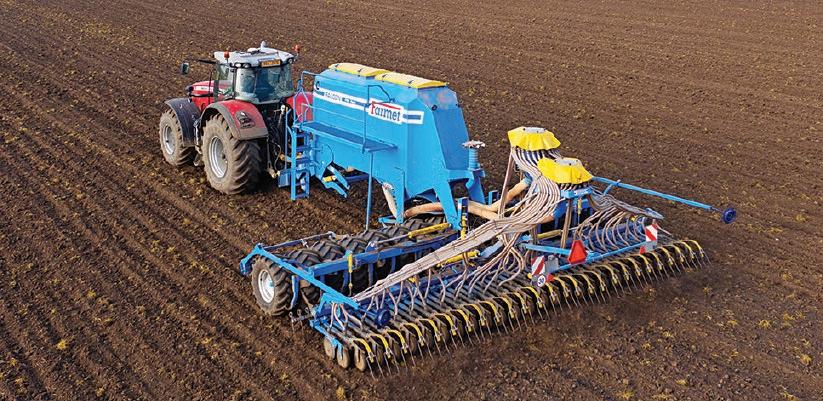
“Customers can be confident they will continue to see many of the same faces,” Mrs Charlton said.
“We’ve been working with the Rural Group team through this whole process — there has been great communication. In turn, we offer professional development, a new outlook and opportunities to grow the business in a sustainable way.”
A national human resources, marketing and service business management team will also provide additional whole-of-business support to the locally focused dealership teams.
Mrs Charlton said AEH was currently recruiting for multiple management, sales, parts and service roles to meet demand as the business expanded.
She said customers would soon see some exciting new machinery brands in the yards.
“AEH is pleased to have successfully joined forces with Rural Group to continue to offer (a combined) 600 years of experience to the local community.”
Agriculture Equipment Holdings has bought Rural Group’s three dealerships. (From left) AEH general manager Mark Massingham, AEH owner Adam Kaplan, Rural Group’s Chris Pettigrove and Graeme Shiells and AEH chief financial officer Paul Sultana caught up in Echuca on November 28.A SOUTHERN Rural Water metering officer has designed a water meter bracket that will improve the roll out of automated reading of water meters across the state.

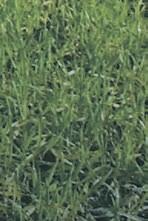



The southern Victorian water authority started automating water meter reading devices across its region in 2015, but always struggled to find a consistent way to install them.

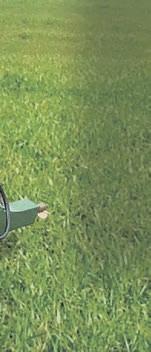
Southern Rural Water metering modernisation project manager Terry Clapham said that was now solved, thanks to metering officer Jason Miller who created a prototype that’s been turned into a working design by Maffra Sheet Metal.
“The new bracket design is the equipment that holds the Taggle transmitter unit — or ‘tag’ — that allows us to remotely receive data from meters that record water use for irrigation and livestock,” Terry said.
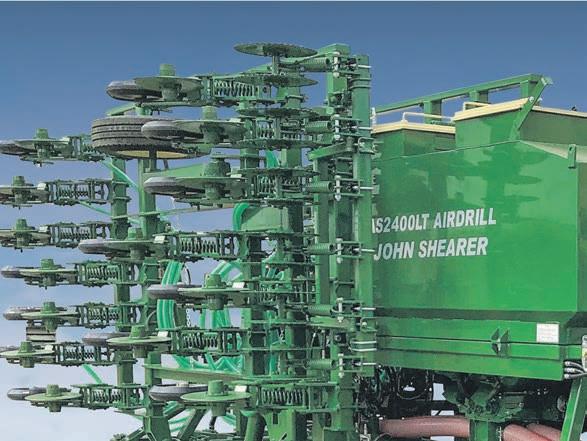

Jason has been working for Southern Rural Water for 18 months and his invention will make it quicker and easier to roll out this technology.
“Jason turned what he learned in the field into a practical solution and has shown through innovation how we can significantly change the way we do things safer and quicker with a better outcome,” Terry said.
Maffra Sheet Metal build the bracket in a single piece. It’s stronger and higher — the tag sits at the top of the bracket, with the height ensuring it can send the meter data via wireless signals.

Terry said the new bracket design delivered benefits to Southern Rural Water’s team and customers because they were stronger and safer to install and could just be bolted on to infrastructure.
“Early on, star pickets were used, which runs a potential risk as you don’t know what’s underground,” he said.














“The new bracket gives the tag itself more protection and is easier to install; either to the left or right of the meter, and you just need two spanners.
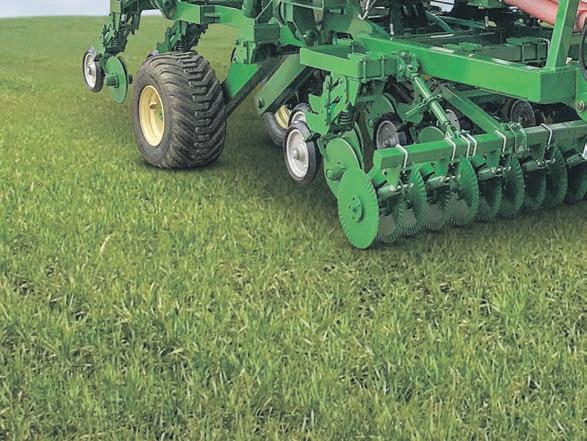
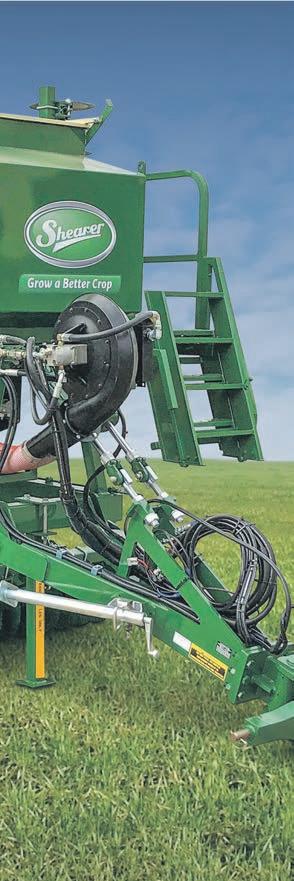
“We’ve ordered 200 of the new tag brackets for the eastern region. They can be adapted more broadly as we continue our automated meter reading rollout.”


Installing automated meter reading technology is part of broader water management policy, and an obligation Southern Rural Water must deliver as part of the Murray-Darling Basin compact.
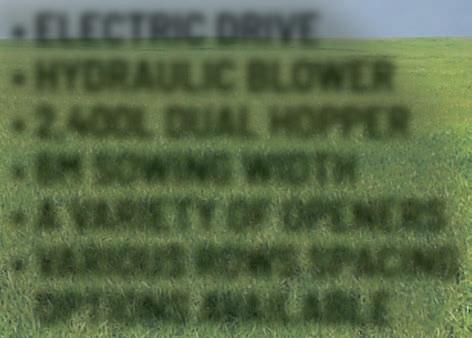
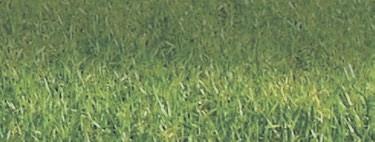

The technology has been rolled out to much of the authority’s meter fleet and should be completed during this financial year.

WITHOUT THE ability to adjust vacuum during milking, the speed of the milking process is limited not by a cow’s genetics or available milk, but by the artificially limited vacuum and stimulation levels of your current
milking system.

So to speed things up, you need to move beyond single-speed vacuum.





During the last century there have been significant improvements to dairy genetics,





farm practices, feed, our understanding of cow physiology, behaviour and milk synthesis; and yet most milking systems are still using the same single-speed approach to vacuum levels that was part of the very first

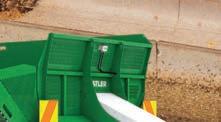
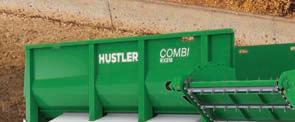


automated milking systems made more than a century ago.
Only having one speed of vacuum throughout the milking process means that milking systems are often over-milking or under-milking at various stages of each milking session.
This is because, without the ability to adjust during milking, the vacuum has to be set at a level which is a compromise between the lower milk flows at the start and end of milking; and the higher milk flows in the main milking period.

As a result, for the majority of any milking session the cow has more milk available than the vacuum is able to extract. Which all adds up to a lost opportunity.
Leading this shift to a new generation of milking point innovations is DeLaval, which is the only company able to automatically adjust milking vacuum and stimulation according to the real-time milk-flow of each cow.

This exclusive technology is called DeLaval Flow-Responsive Milking and it is standard on all new generation rotaries and parlours from DeLaval.
The ability to operate at a lower vacuum level at the start and end of milking, increasing to a level significantly higher than mono-vac systems are capable of, means that a FlowResponsive Milking system can deliver faster milking times, and because the vacuum responds to the milk flow of the cow in realtime, the benefits for udder and teat health are obvious.
International Dairy Week 2023 will be your first chance to see our new collectable cards, featuring some of our iconic ABS sires such as Jeronimo P, Barber and Dazzle. Come see us, play against the team and learn how you can collect all the limited edition IDW cards.

















